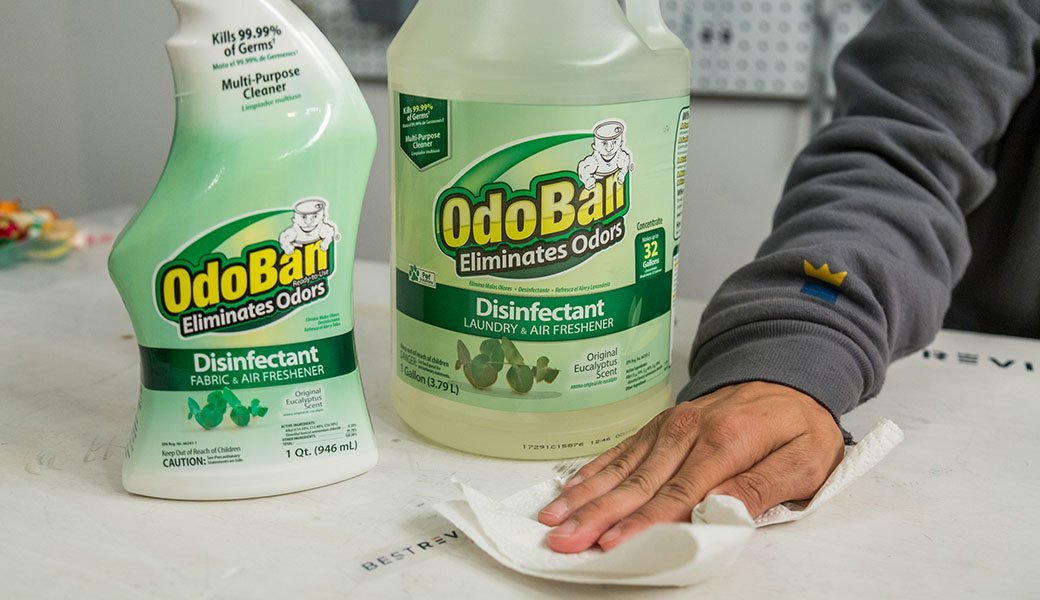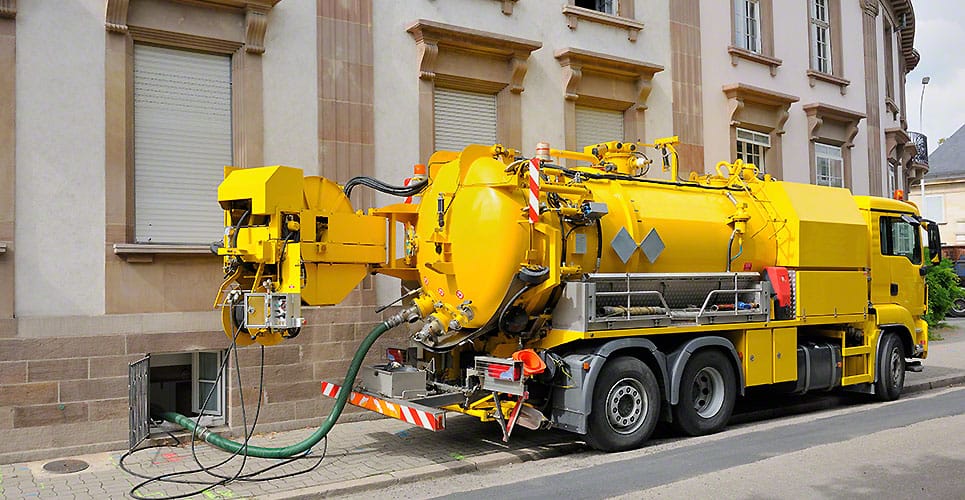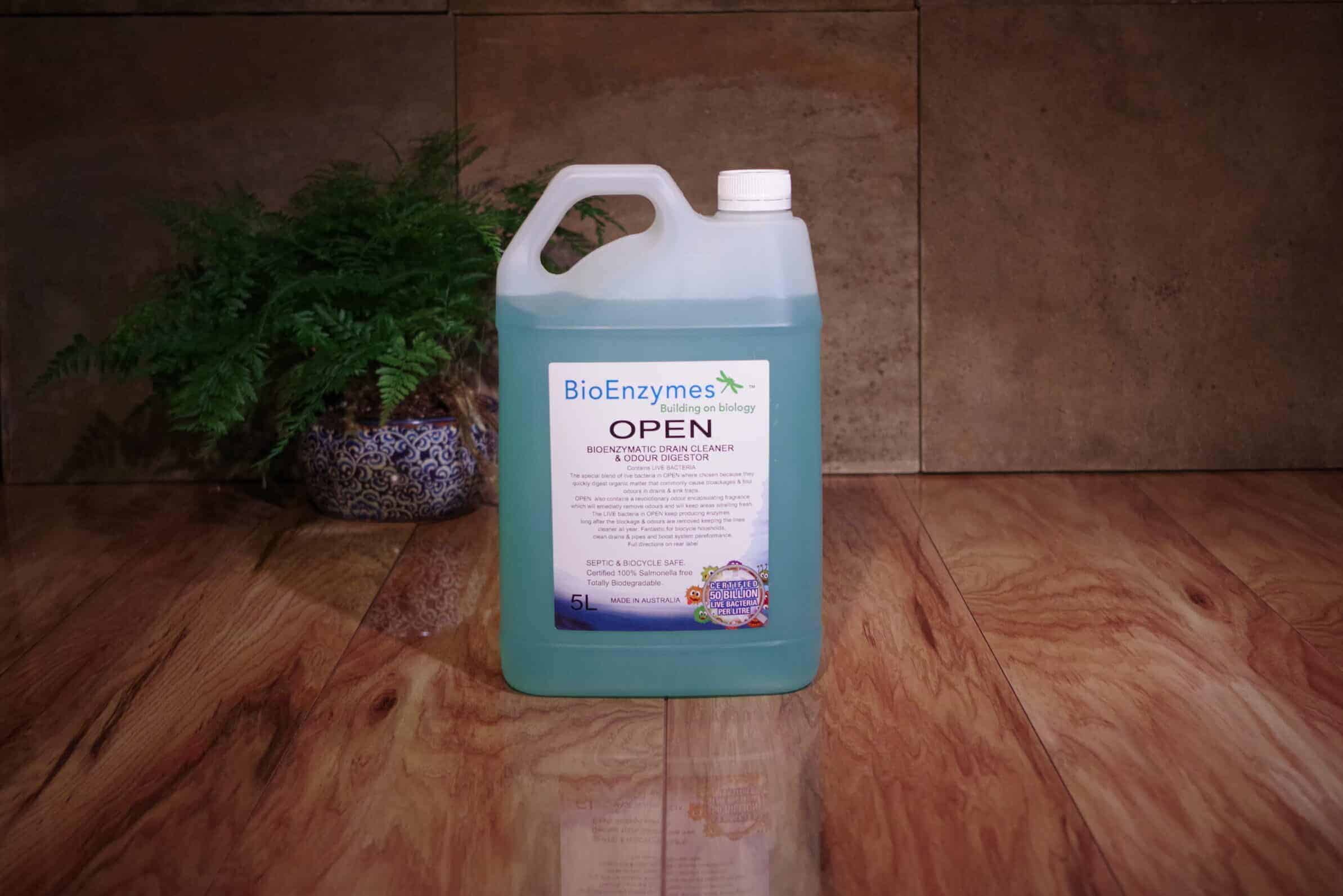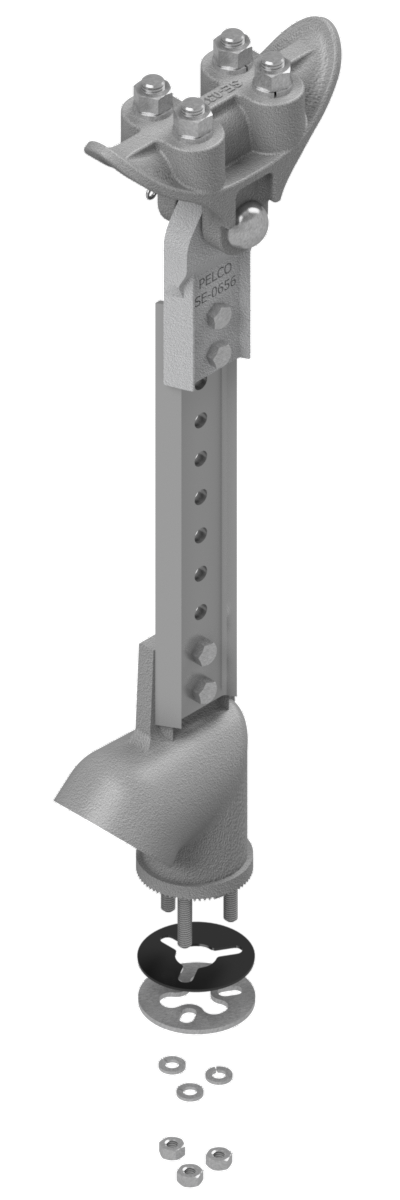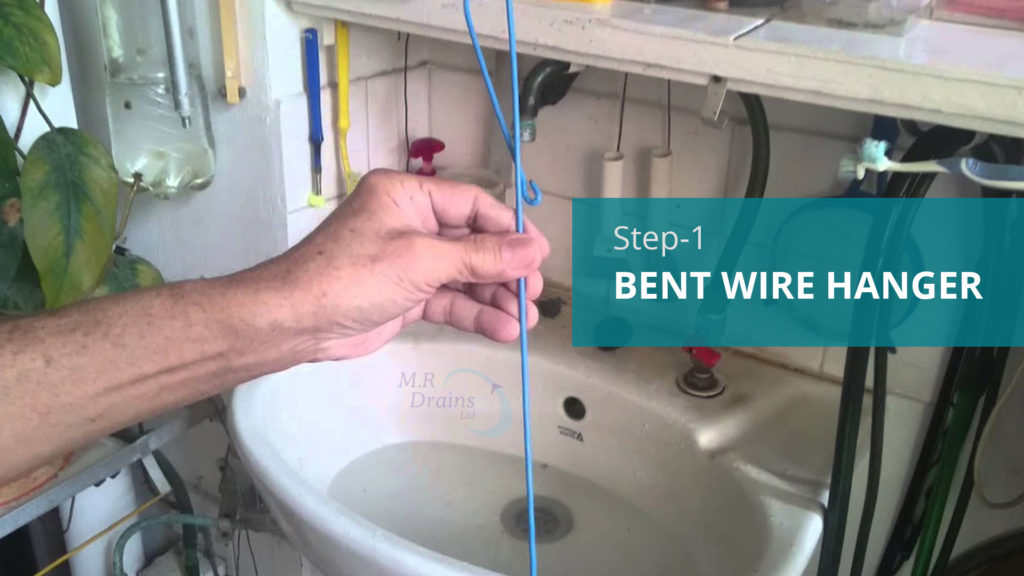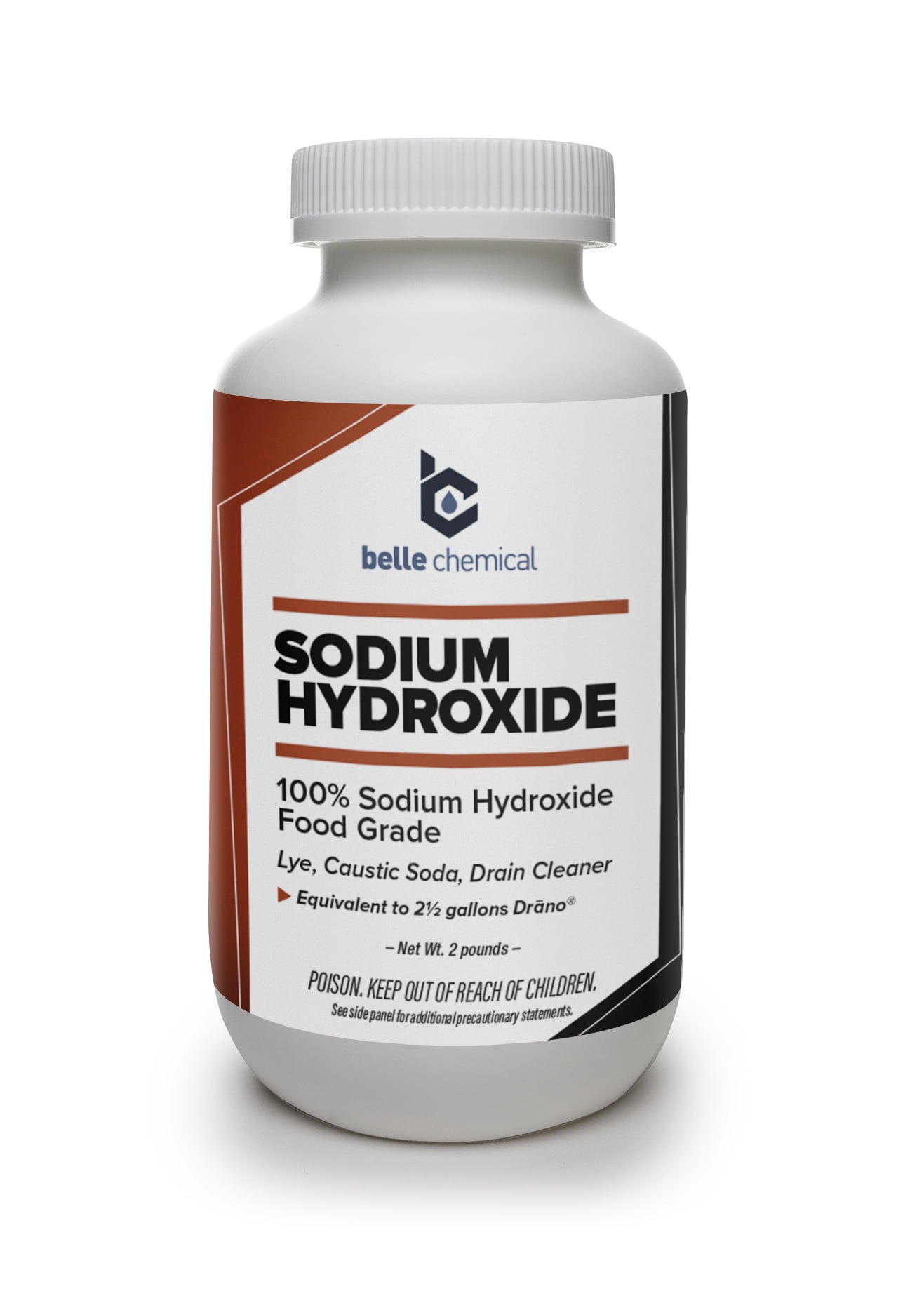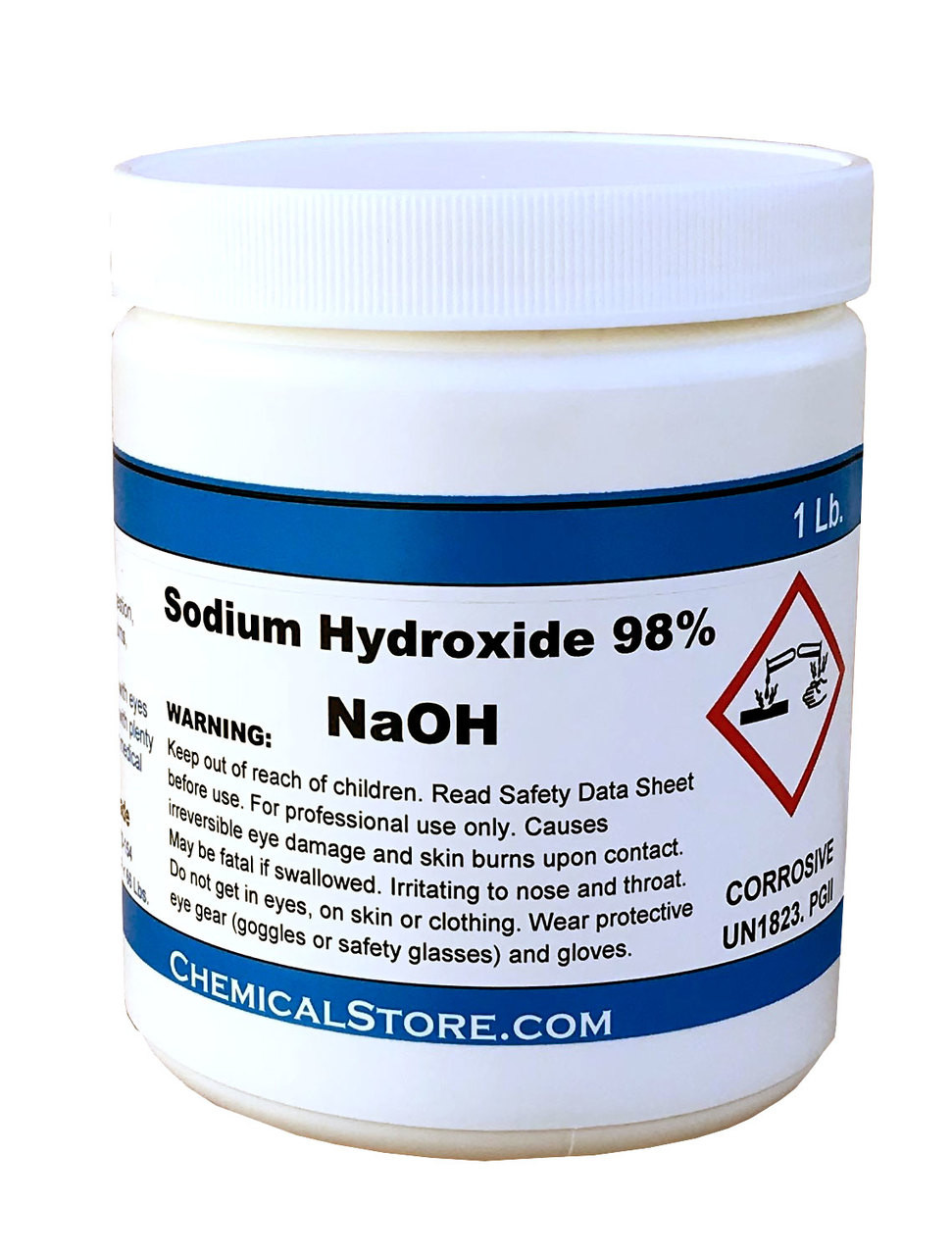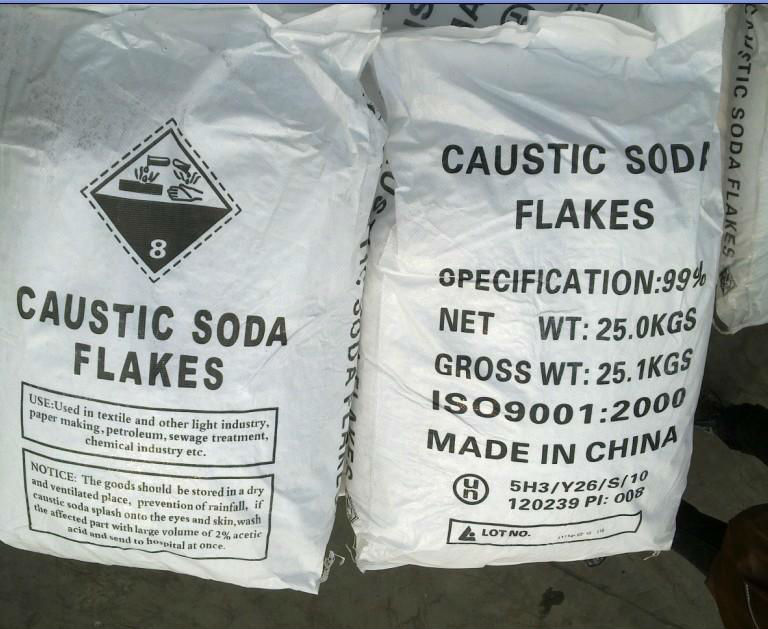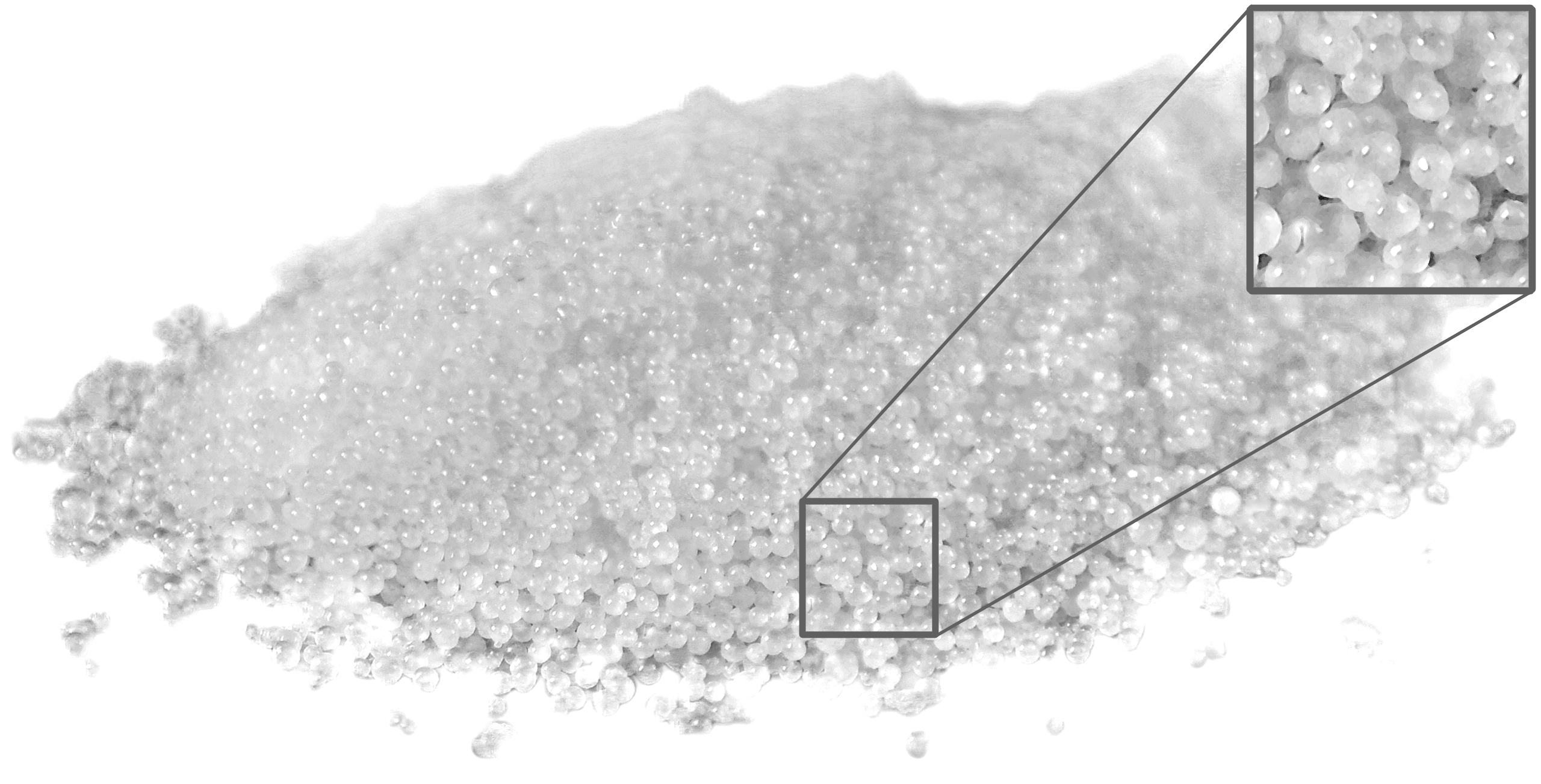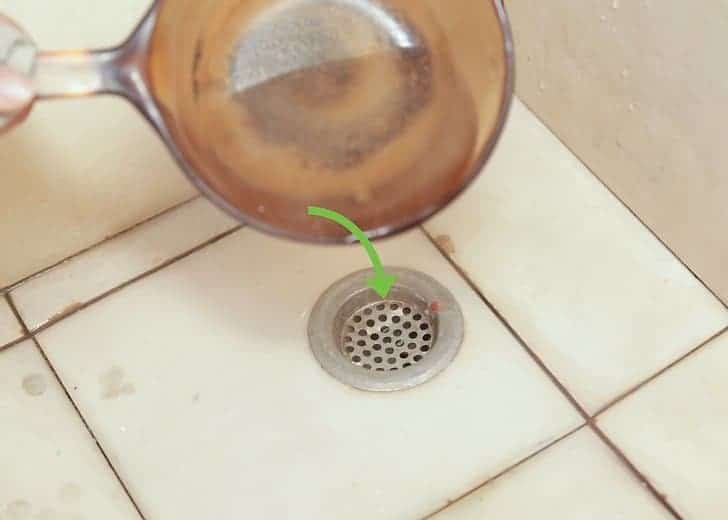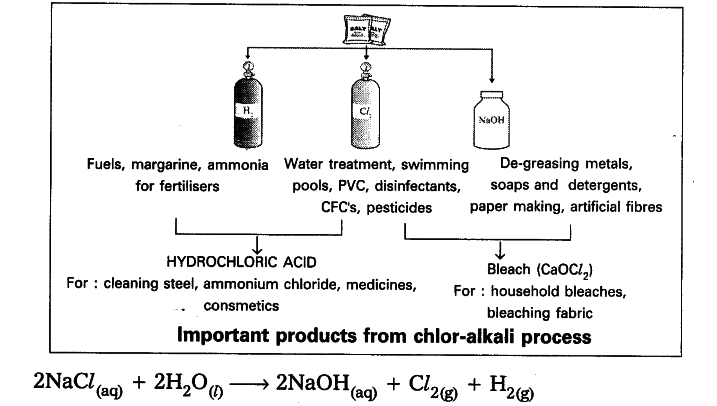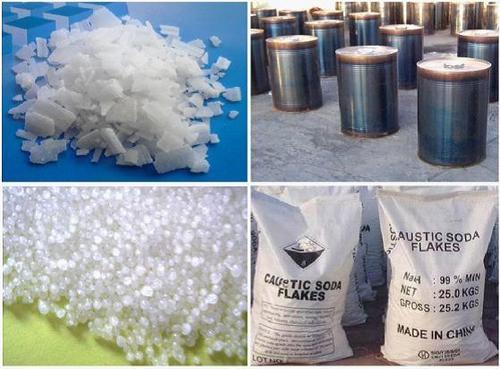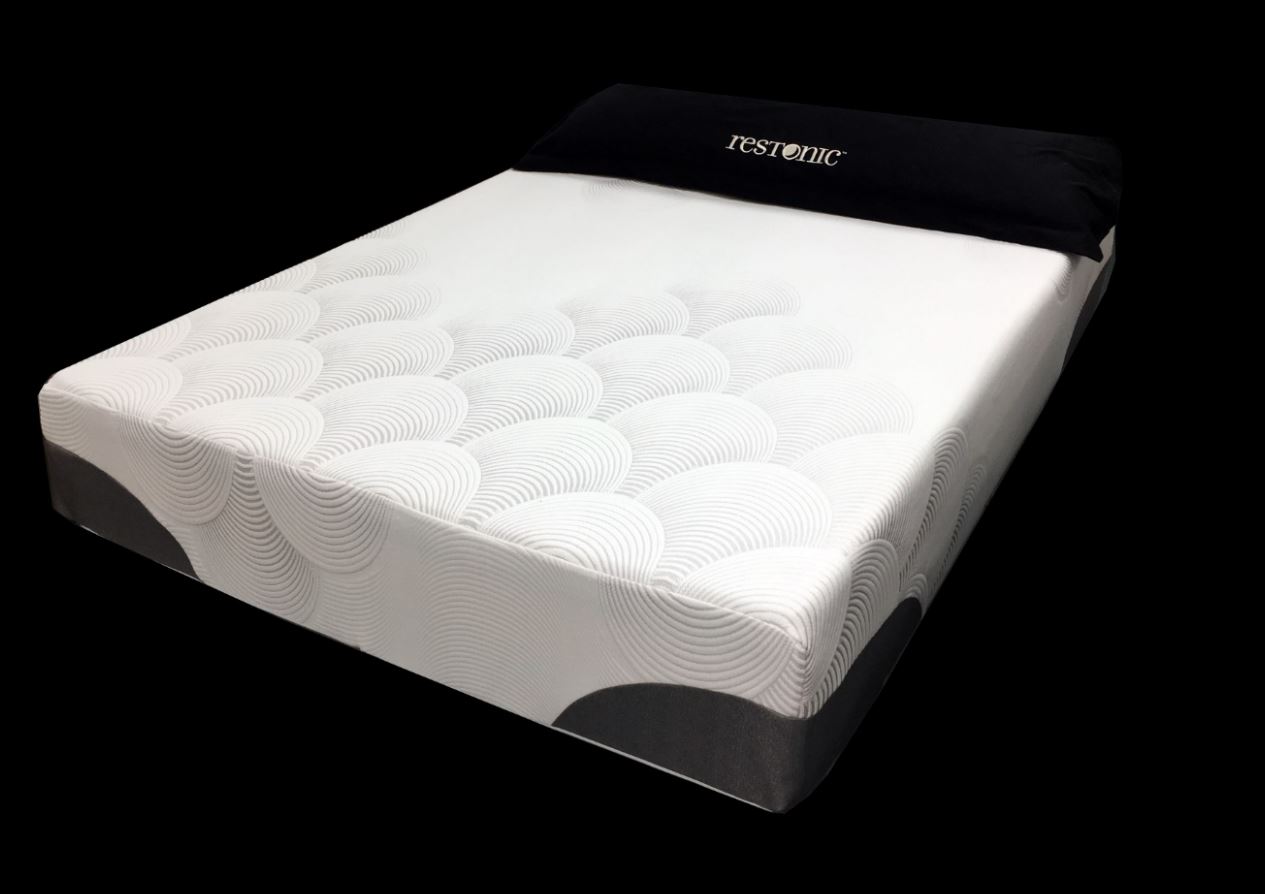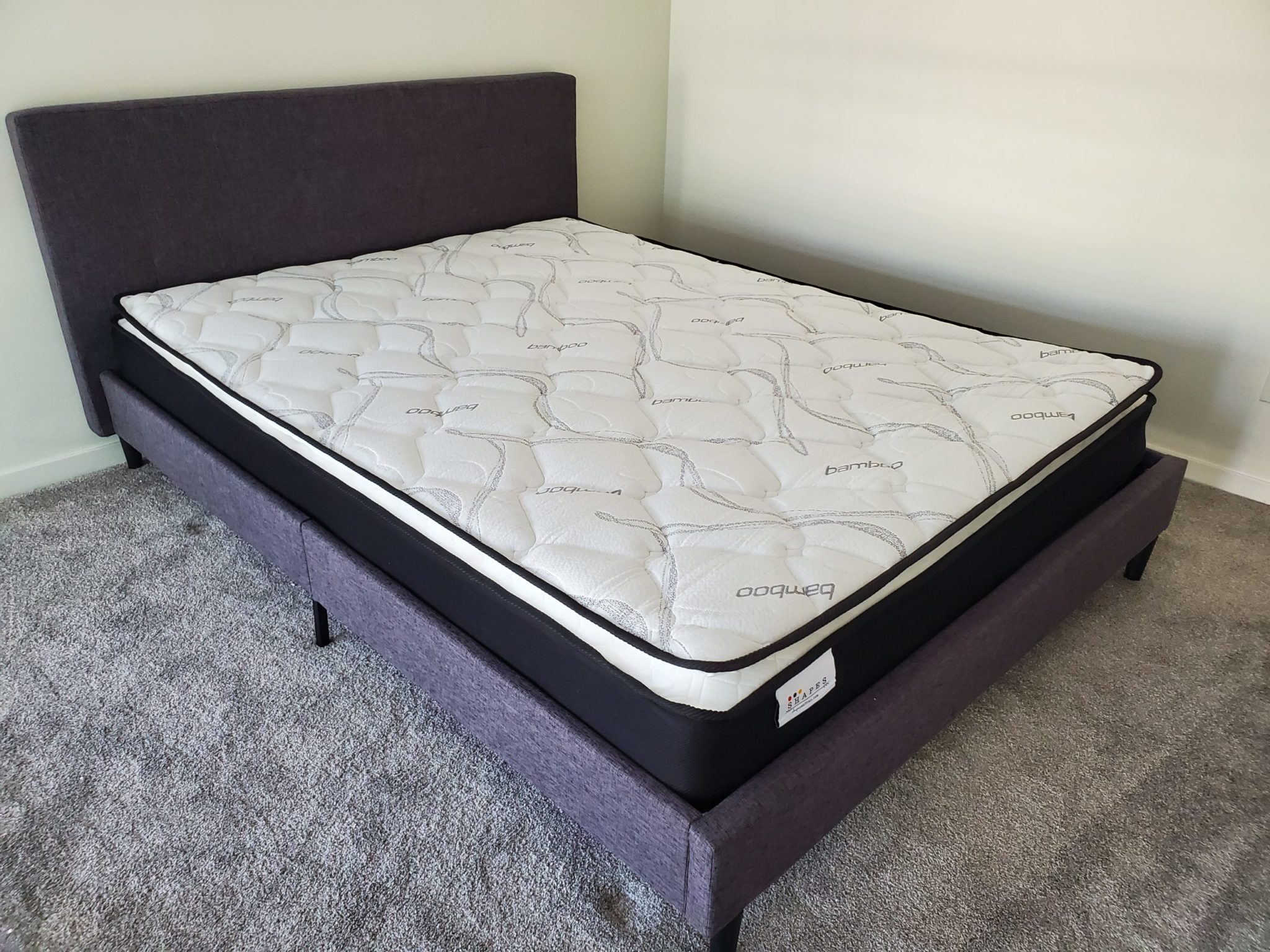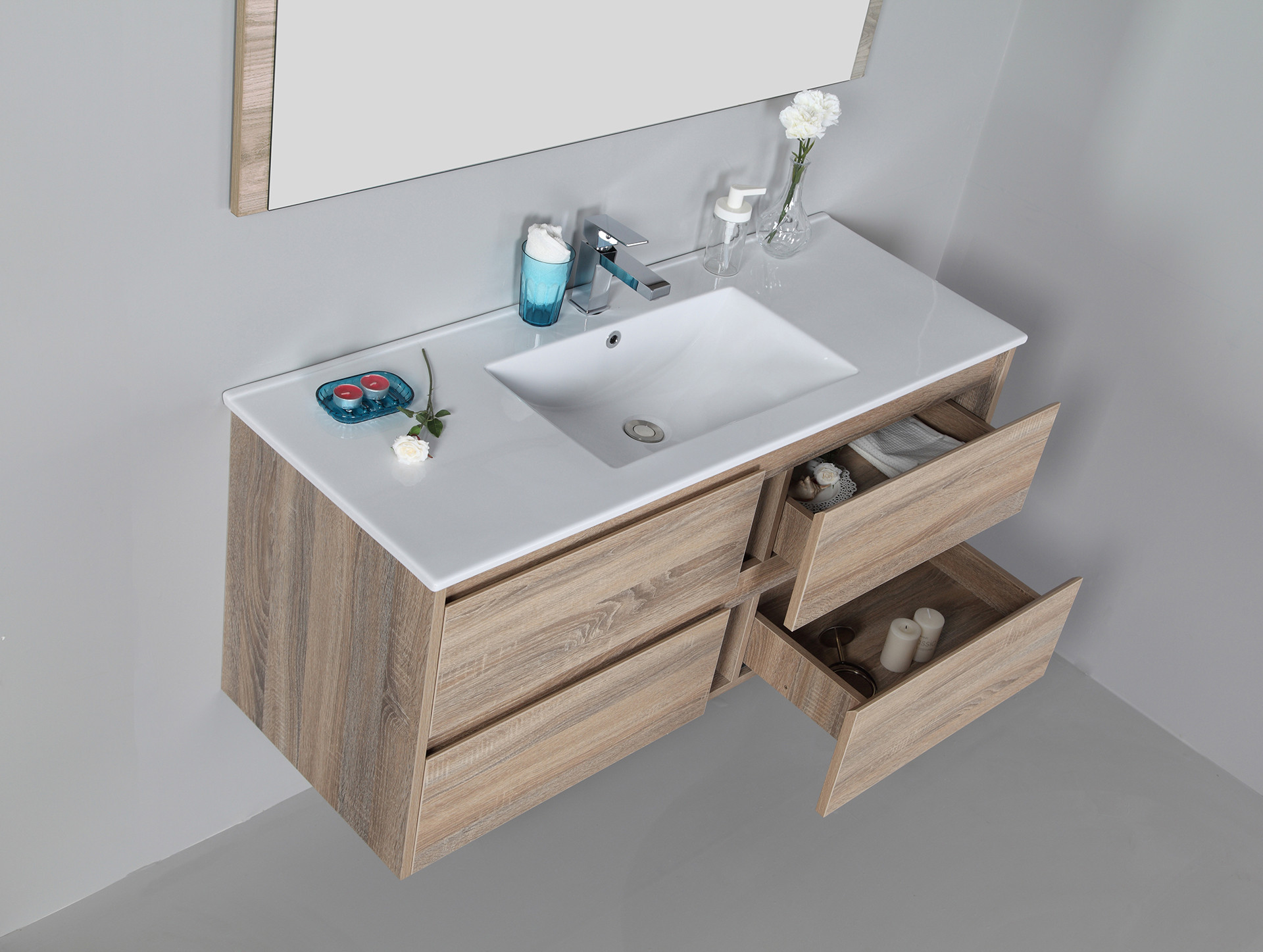A plunger is one of the most common and effective tools for unclogging a kitchen sink. This tool uses suction to dislodge any clogs in the drain. To use a plunger, fill the sink with enough water to cover the rubber end of the plunger. Place the plunger over the drain and push down firmly, then pull up quickly. Repeat this motion several times until the clog is cleared.1. Plunger
A drain snake, also known as a plumbing auger, is a long, flexible tool that can reach deep into the pipes to clear clogs. It works by either breaking up the clog or pulling it out of the drain. To use a drain snake, insert the end into the drain and twist it while pushing it further into the pipe. Once you feel resistance, continue twisting and pulling the snake out to remove the clog.2. Drain Snake
For a natural and environmentally friendly solution, try using baking soda and vinegar to unclog your kitchen sink. First, pour 1/2 cup of baking soda down the drain, followed by 1/2 cup of white vinegar. Cover the drain and let the mixture sit for about 30 minutes. Then, pour boiling water down the drain to flush out the clog.3. Baking Soda and Vinegar
If the clog in your kitchen sink is caused by a buildup of grease or food particles, simply pouring boiling water down the drain may be enough to clear it. Boil a pot of water and carefully pour it down the drain in 2-3 stages, giving the water time to work between each pour. This method is most effective for smaller clogs.4. Boiling Water
A plumber's snake is a more heavy-duty version of a regular drain snake, designed for tougher clogs deep in the plumbing system. It is a coiled metal cable with a handle on one end and a corkscrew auger on the other. To use a plumber's snake, insert it into the drain and turn the handle to feed the cable further into the pipe. Once you feel resistance, continue turning the handle to break up or remove the clog.5. Plumber's Snake
The Zip-It drain cleaning tool is a long, thin plastic strip with small barbs on the sides. This tool is designed for removing hair and other debris from drains. To use it, simply insert the tool into the drain and pull it out, catching any hair or debris in the barbs. Dispose of the gunk and repeat if necessary.6. Zip-It Drain Cleaning Tool
If you have a wet/dry vacuum, you can use it to suck out any clogs in your kitchen sink. First, create a tight seal around the drain with a plunger or wet cloth. Then, switch the vacuum to the wet setting and carefully place the hose over the drain. Turn on the vacuum and let it run for a few minutes, checking to see if the clog has been removed.7. Wet/Dry Vacuum
Enzyme drain cleaners are a more natural alternative to harsh chemical cleaners. These cleaners contain enzymes that break down organic matter, such as hair and food particles, to clear clogs. Simply pour the recommended amount of cleaner down the drain and wait for it to work its magic. You may need to repeat this process a few times for tougher clogs.8. Enzyme Drain Cleaners
In a pinch, a bent wire hanger can be used to unclog a kitchen sink. Straighten out a wire hanger and bend one end into a small hook. Insert the hook into the drain and use it to pull out any hair or debris that may be causing the clog. You may need to repeat this process a few times to fully clear the drain.9. Bent Wire Hanger
Caustic soda, also known as sodium hydroxide, is a powerful chemical that can dissolve tough clogs in your kitchen sink. However, it is important to handle this chemical with care and follow all safety precautions. To use it, mix 3 cups of caustic soda with 3/4 gallon of cold water in a bucket. Pour the mixture down the drain and let it sit for 20-30 minutes. Then, flush the drain with hot water to clear the clog.10. Caustic Soda (Sodium Hydroxide)
Why You Should Invest in Quality Tools to Unclog Your Kitchen Sink

The Importance of a Functional Kitchen Sink
 The kitchen sink is an essential part of any household, used multiple times a day for various tasks such as washing dishes, preparing food, and filling up water glasses. But what happens when your kitchen sink gets clogged and disrupts your daily routine? Clogged kitchen sinks can be a major inconvenience, causing unpleasant odors, slow drainage, and even potential water damage. That's why it's important to have the right tools on hand to quickly and efficiently unclog your kitchen sink.
The kitchen sink is an essential part of any household, used multiple times a day for various tasks such as washing dishes, preparing food, and filling up water glasses. But what happens when your kitchen sink gets clogged and disrupts your daily routine? Clogged kitchen sinks can be a major inconvenience, causing unpleasant odors, slow drainage, and even potential water damage. That's why it's important to have the right tools on hand to quickly and efficiently unclog your kitchen sink.
The Downside of Using Harsh Chemicals
Investing in Quality Tools for Long-Term Solutions
 One of the most effective tools for unclogging a kitchen sink is a plunger. This simple yet powerful tool creates a vacuum that can dislodge any blockages in your pipes. A drain snake or auger is also a useful tool to have on hand. It can reach deep into your pipes and remove any stubborn clogs. These tools may require a bit more effort and physical strength, but they offer a long-term solution to unclogging your kitchen sink.
One of the most effective tools for unclogging a kitchen sink is a plunger. This simple yet powerful tool creates a vacuum that can dislodge any blockages in your pipes. A drain snake or auger is also a useful tool to have on hand. It can reach deep into your pipes and remove any stubborn clogs. These tools may require a bit more effort and physical strength, but they offer a long-term solution to unclogging your kitchen sink.
Preventing Future Clogs
 In addition to having the right tools, it's important to take preventive measures to avoid future clogs. One simple way to do this is by installing a drain strainer to catch any food particles or debris that may cause blockages. Regularly pouring boiling water down your drain can also help prevent build-up. And if you have a garbage disposal, be sure to run it regularly with plenty of water to keep it clean and prevent clogs.
In addition to having the right tools, it's important to take preventive measures to avoid future clogs. One simple way to do this is by installing a drain strainer to catch any food particles or debris that may cause blockages. Regularly pouring boiling water down your drain can also help prevent build-up. And if you have a garbage disposal, be sure to run it regularly with plenty of water to keep it clean and prevent clogs.
Conclusion
 Don't let a clogged kitchen sink disrupt your daily routine. By investing in quality tools and taking preventive measures, you can easily unclog your kitchen sink and avoid future clogs. Not only will you save money in the long run, but you'll also have peace of mind knowing that you have the necessary tools to handle any clog that may arise. So next time your kitchen sink gets clogged, remember the importance of having quality tools on hand for a functional and stress-free household.
Don't let a clogged kitchen sink disrupt your daily routine. By investing in quality tools and taking preventive measures, you can easily unclog your kitchen sink and avoid future clogs. Not only will you save money in the long run, but you'll also have peace of mind knowing that you have the necessary tools to handle any clog that may arise. So next time your kitchen sink gets clogged, remember the importance of having quality tools on hand for a functional and stress-free household.
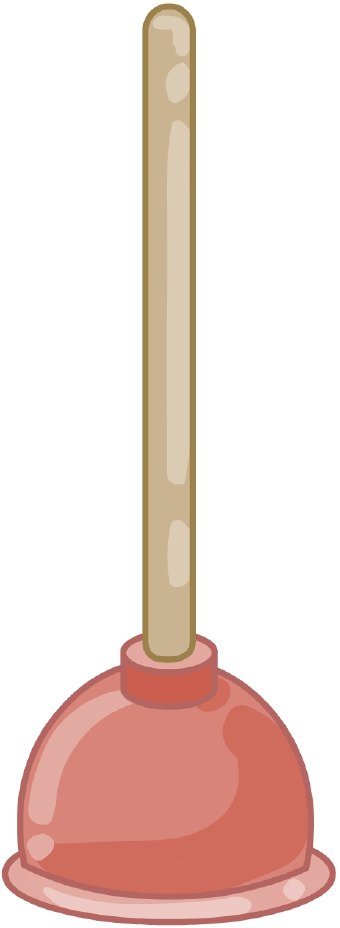
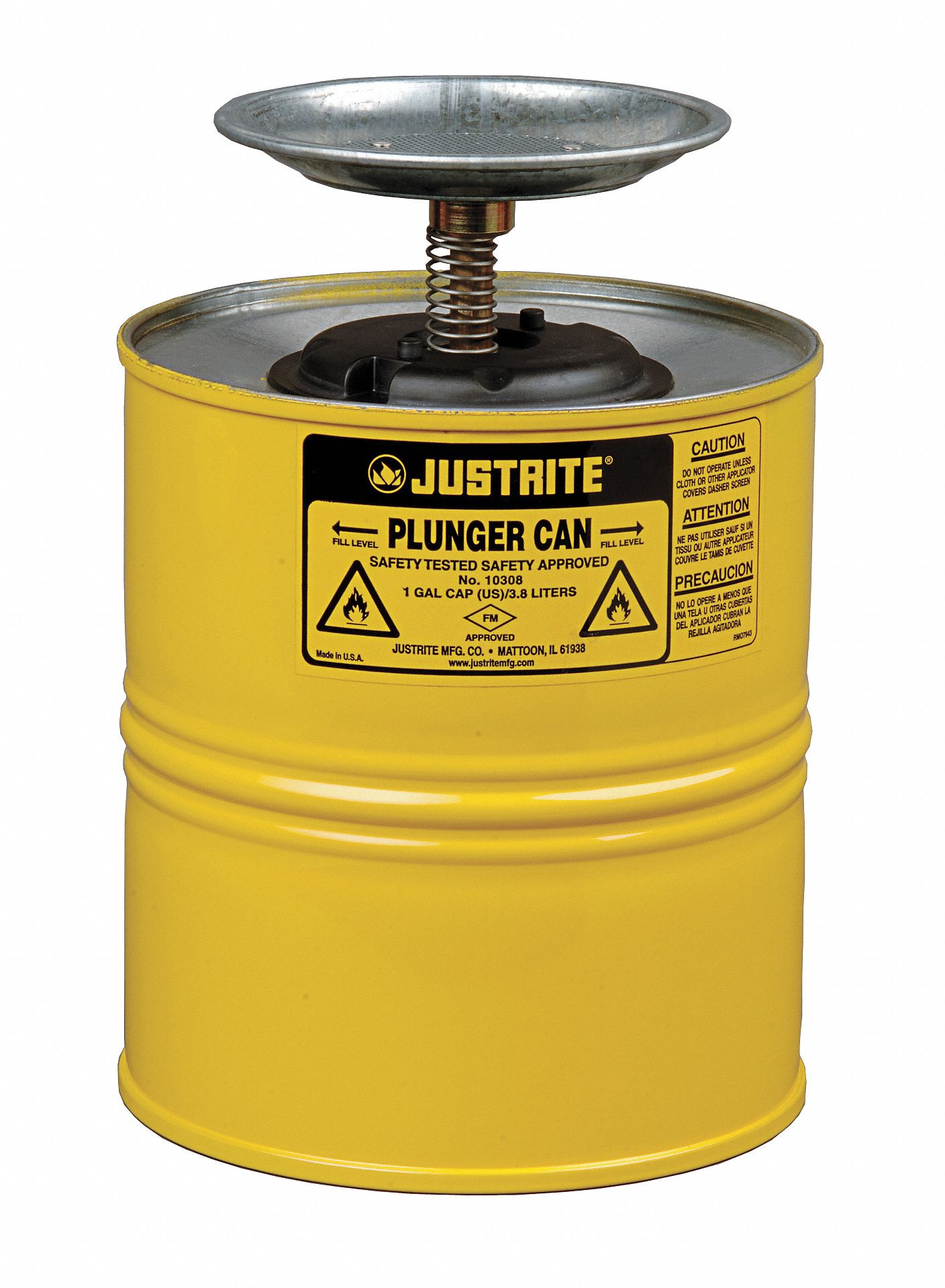
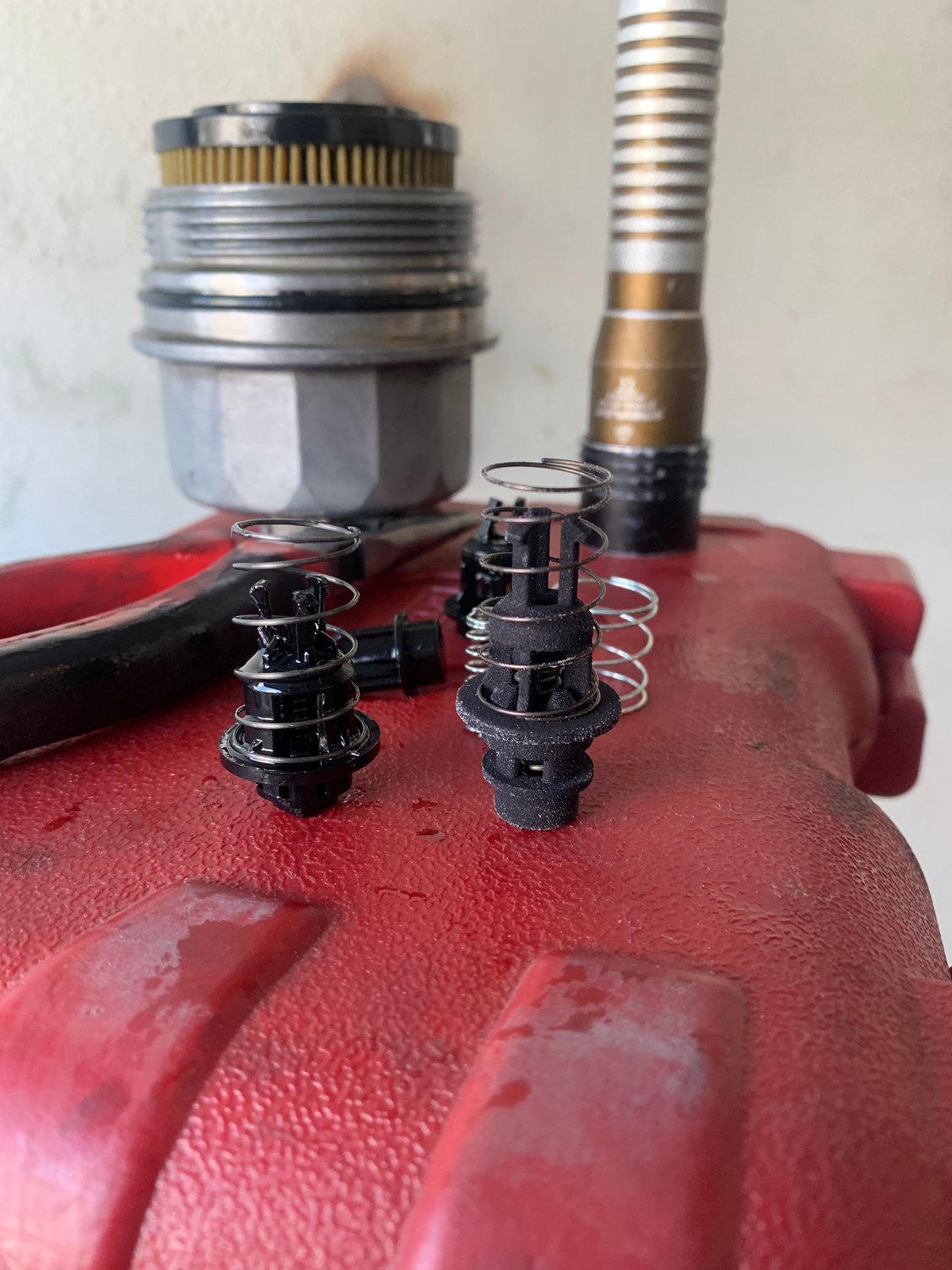
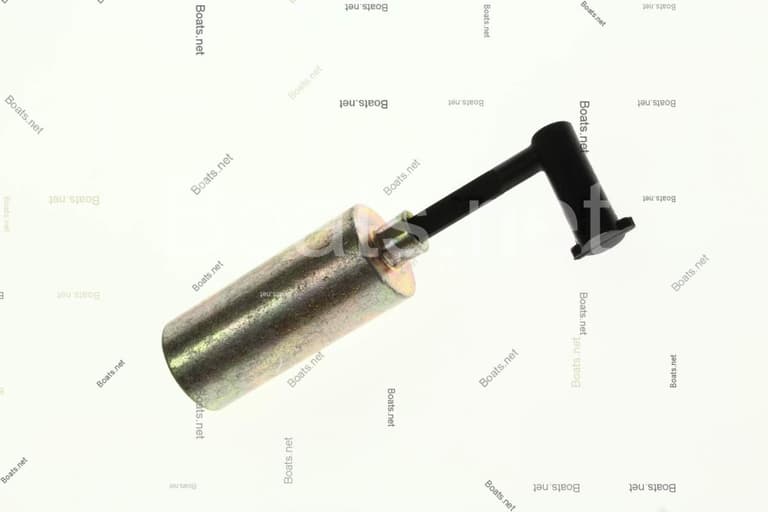
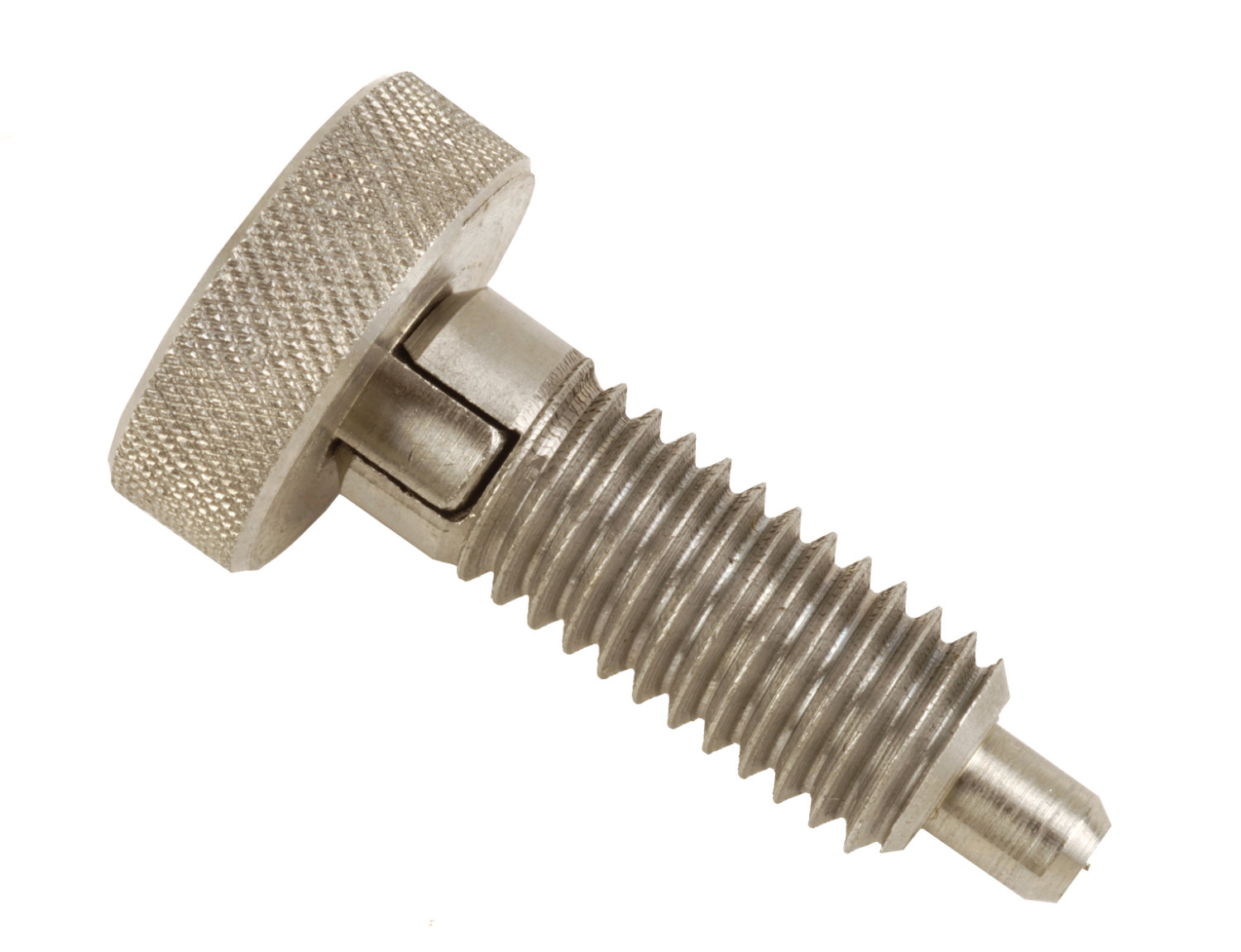

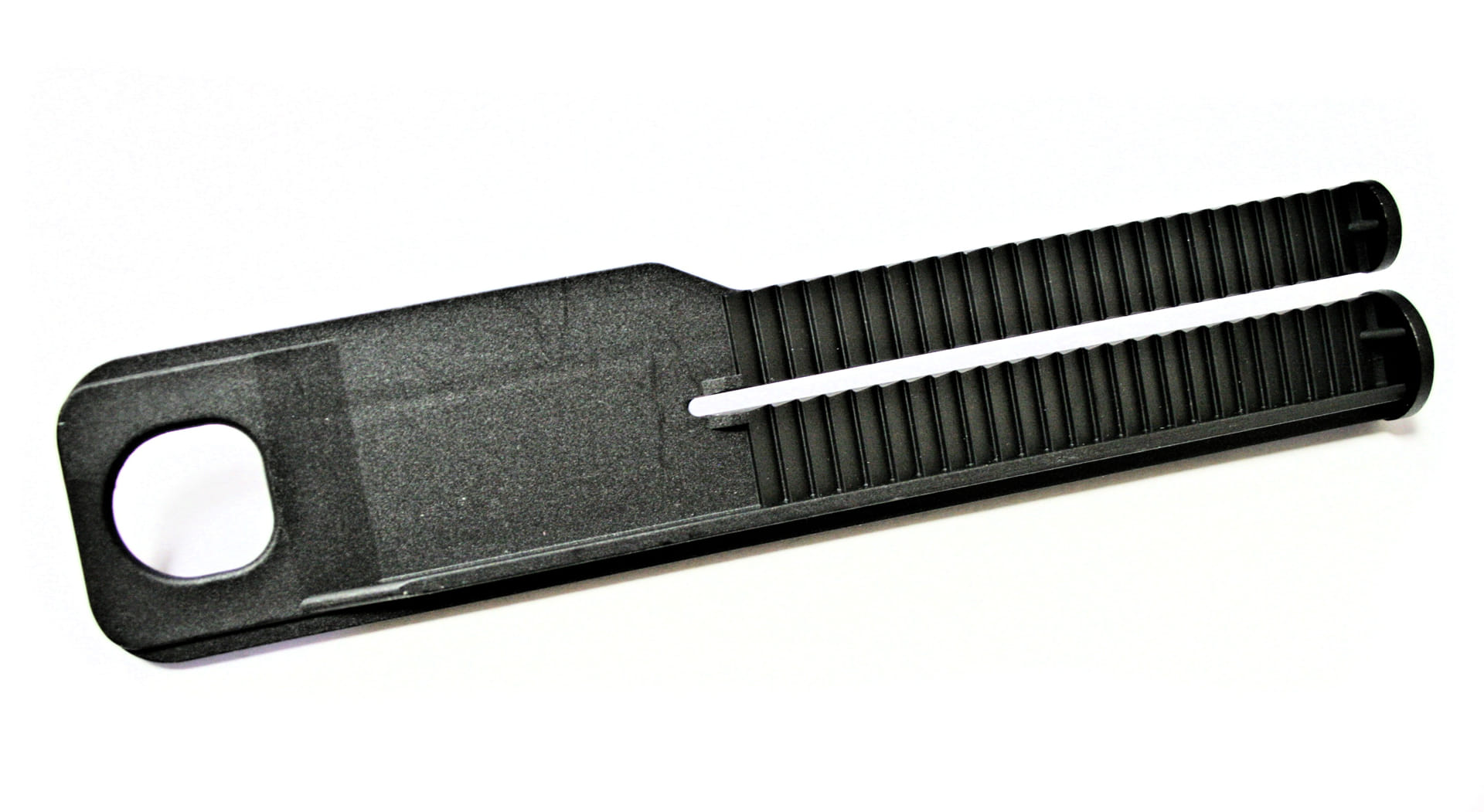

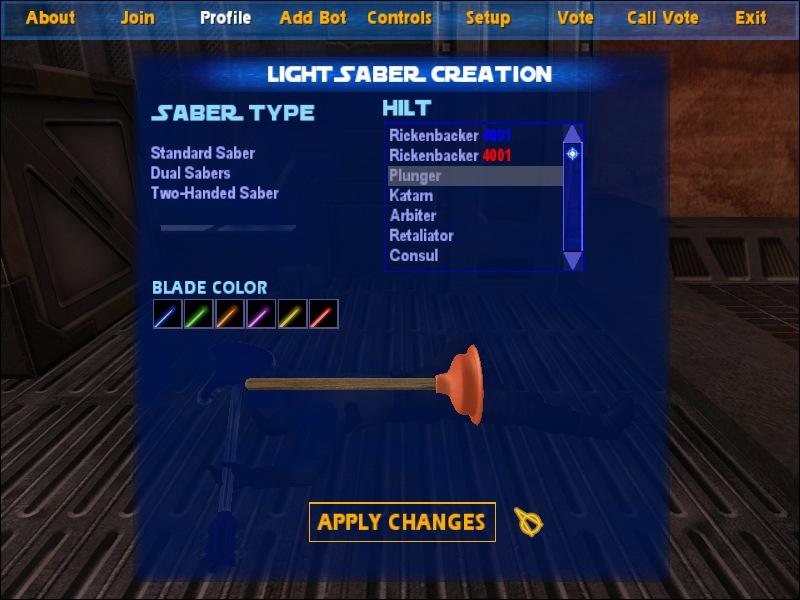
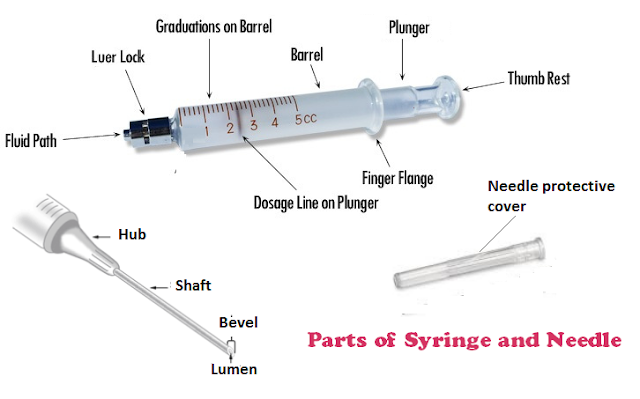



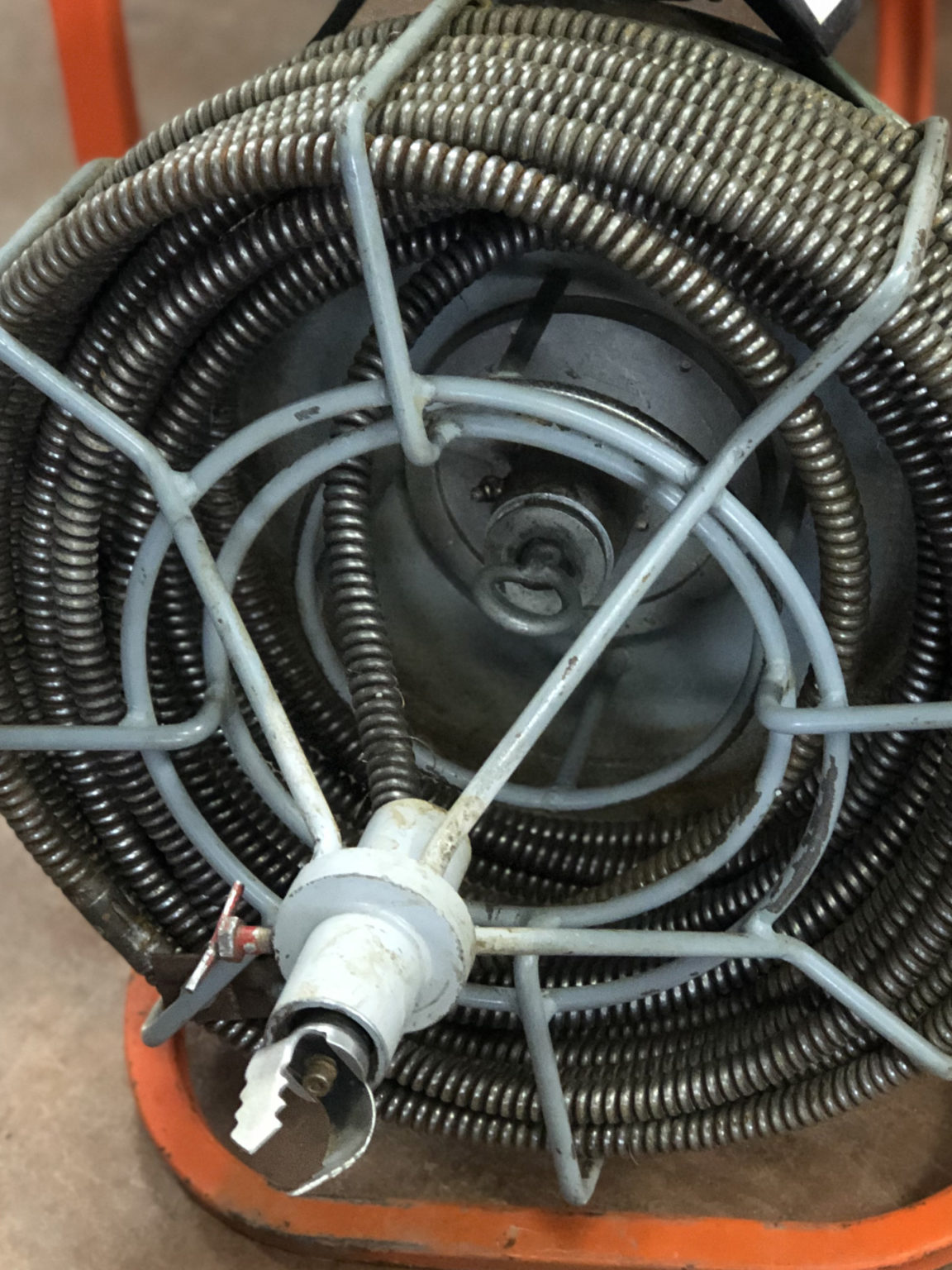
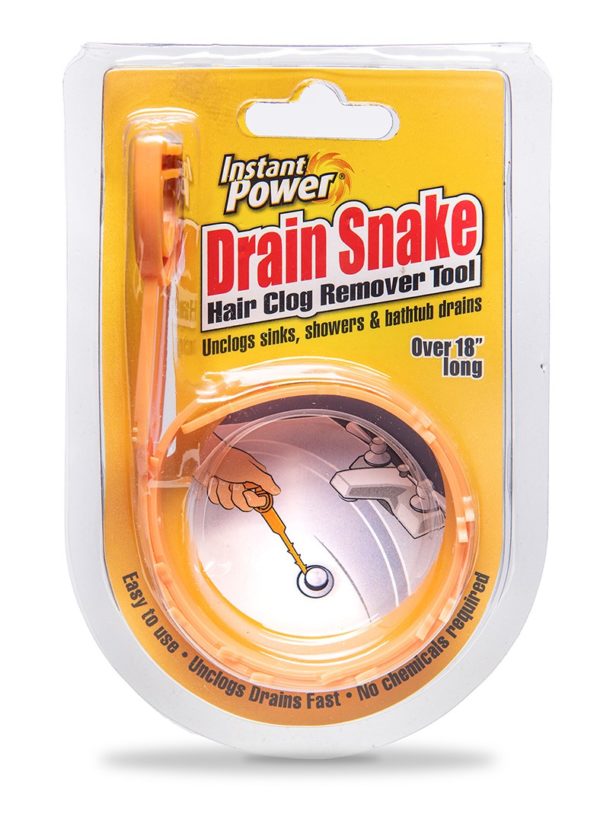



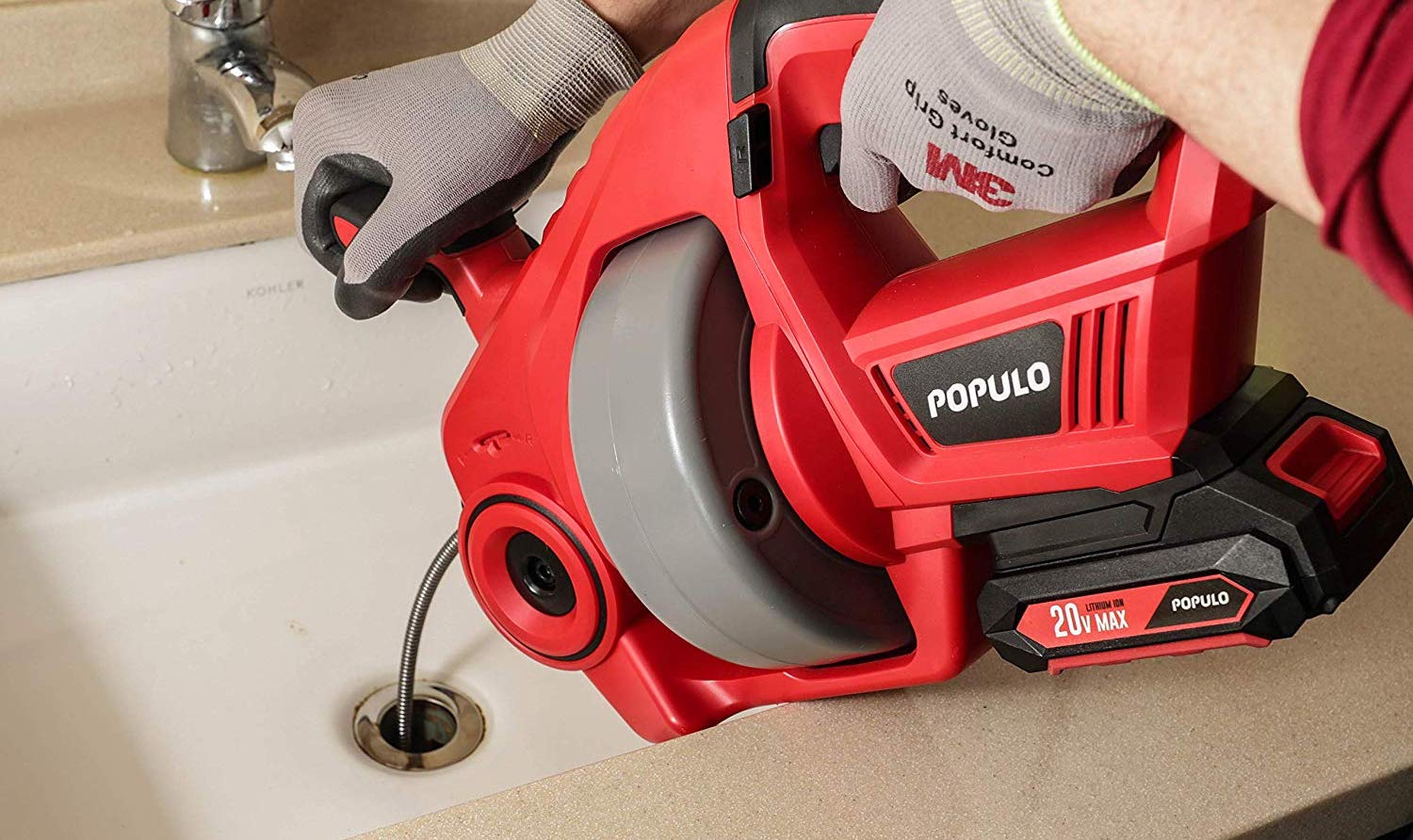


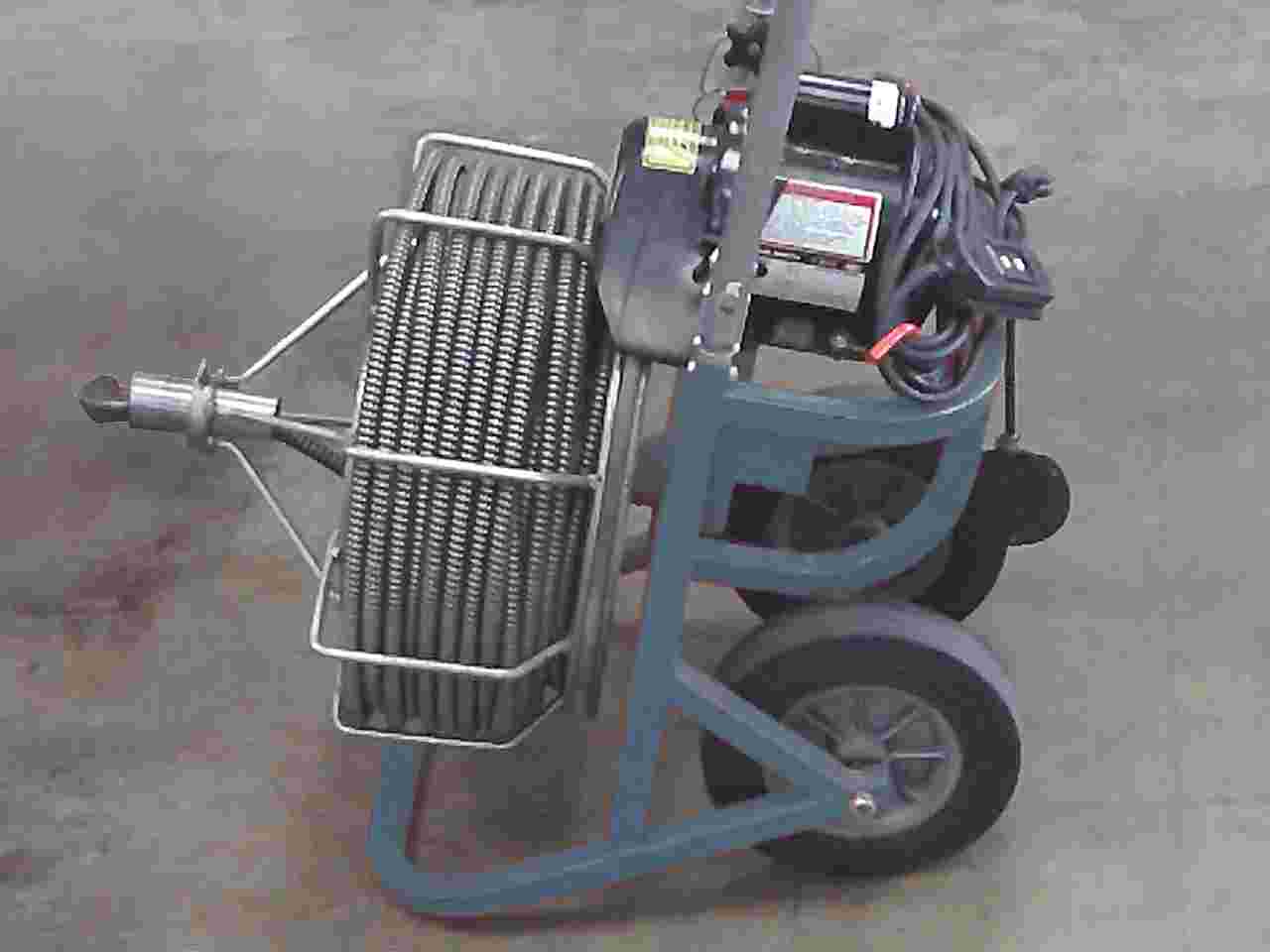







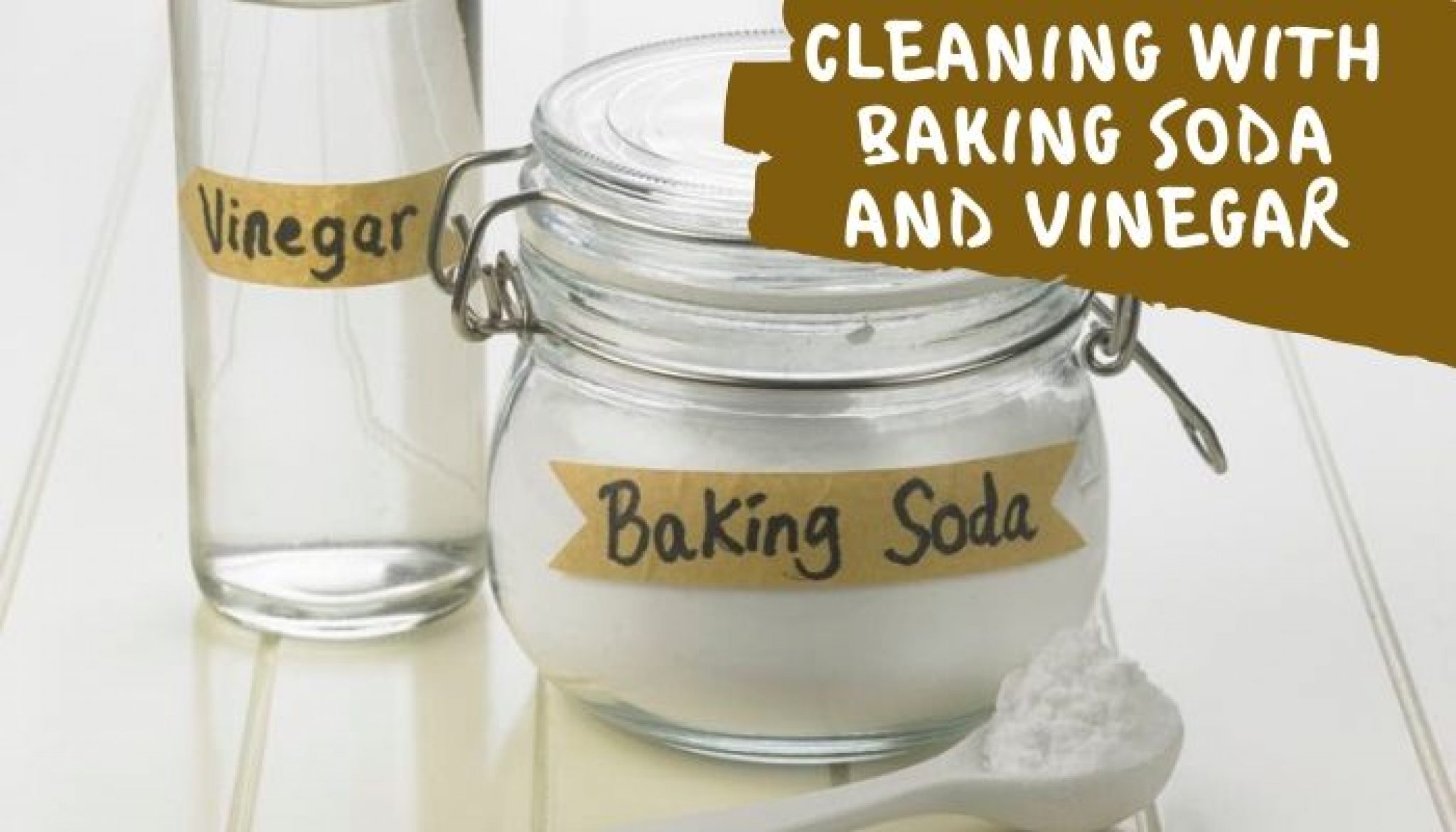

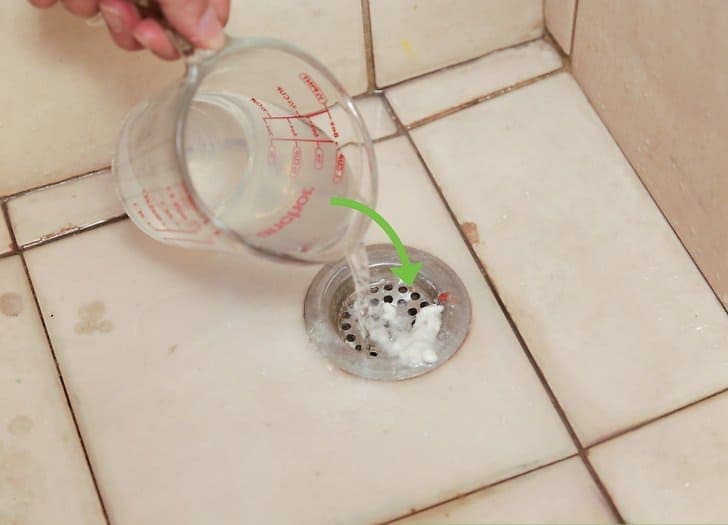

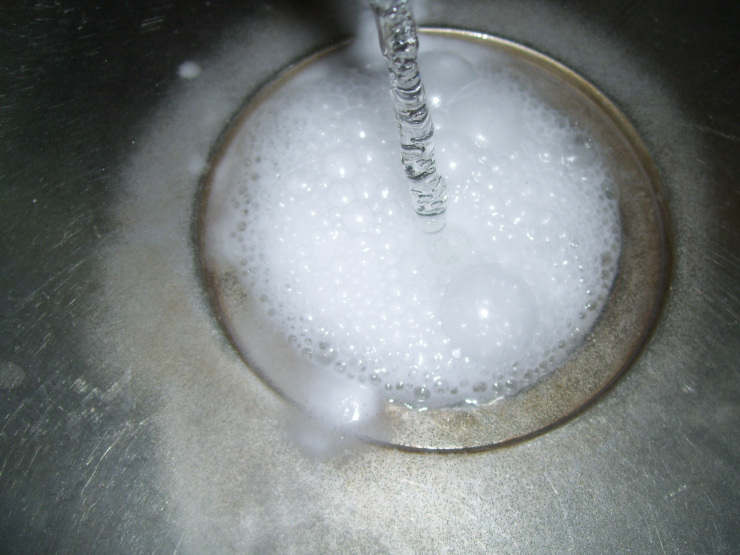




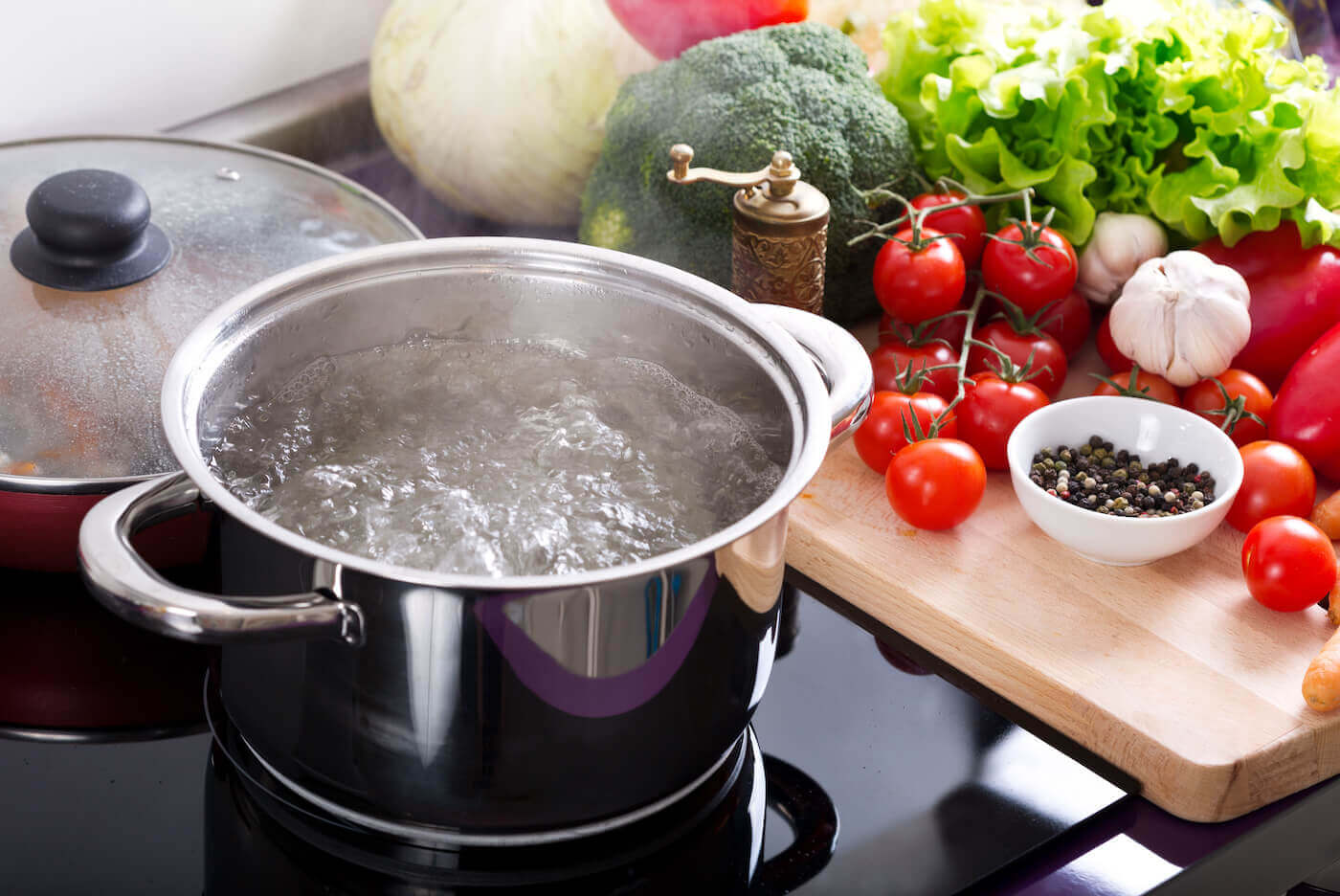
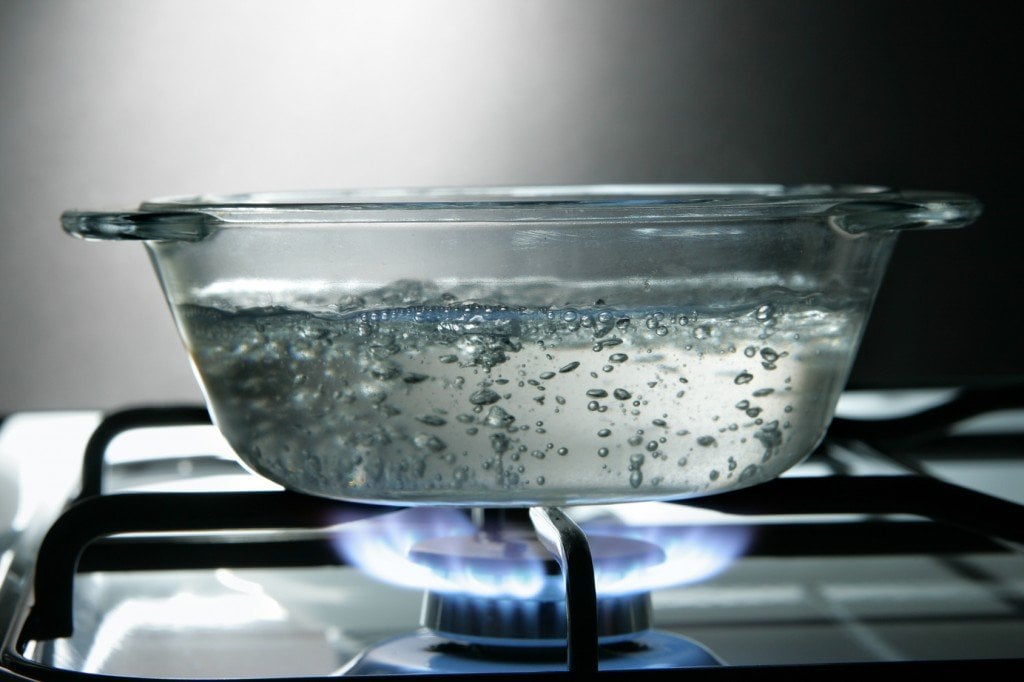

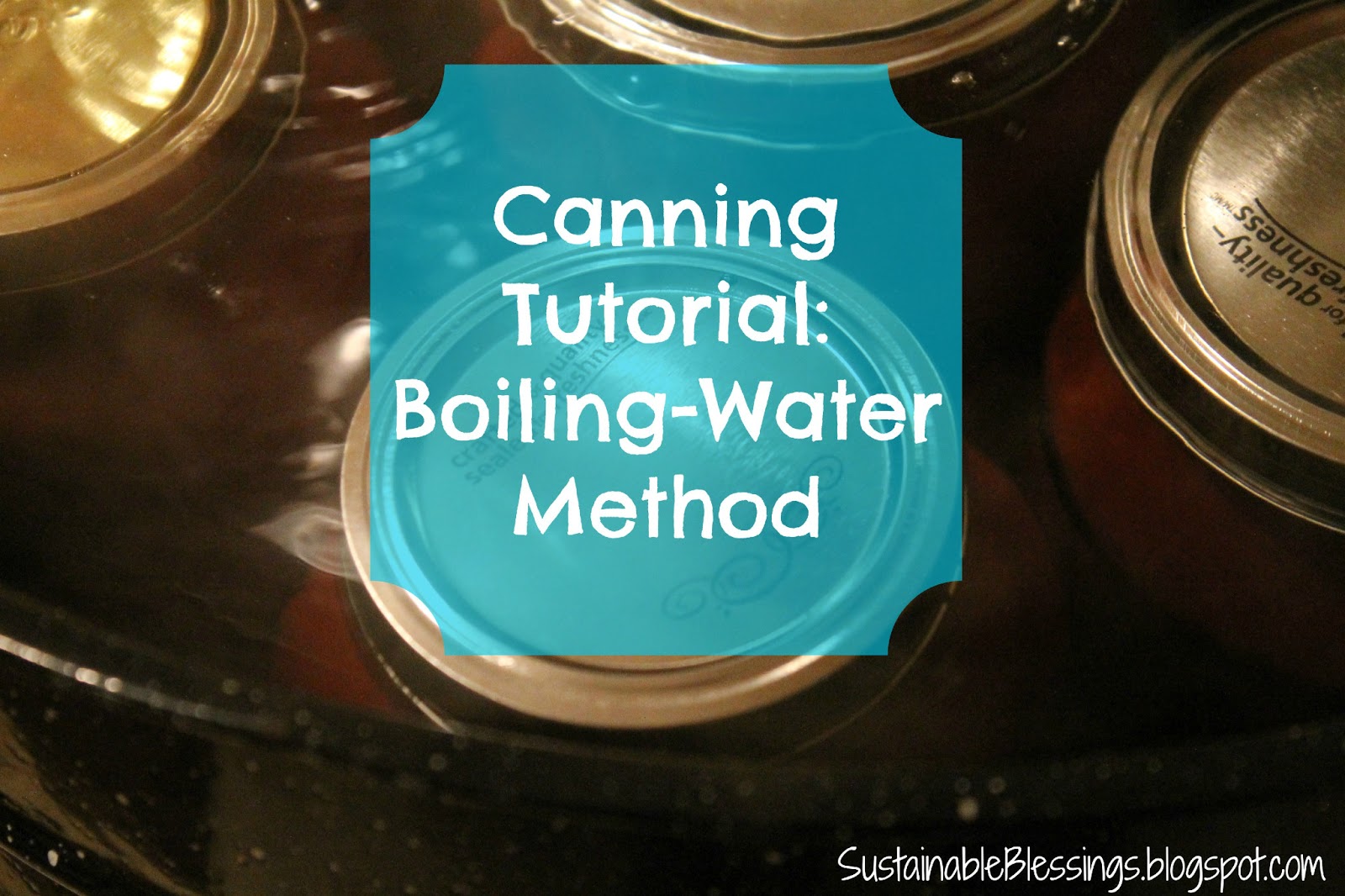

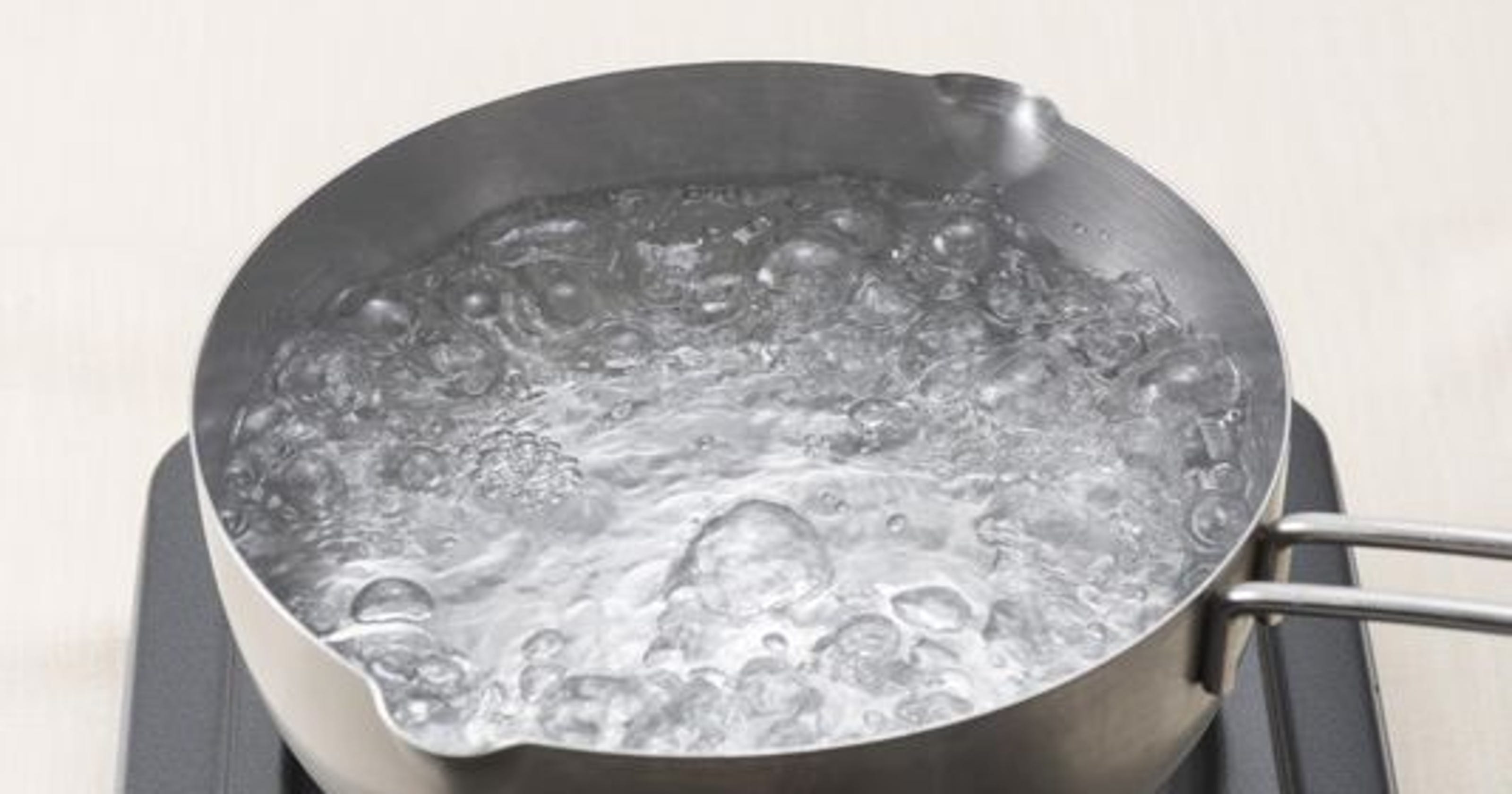

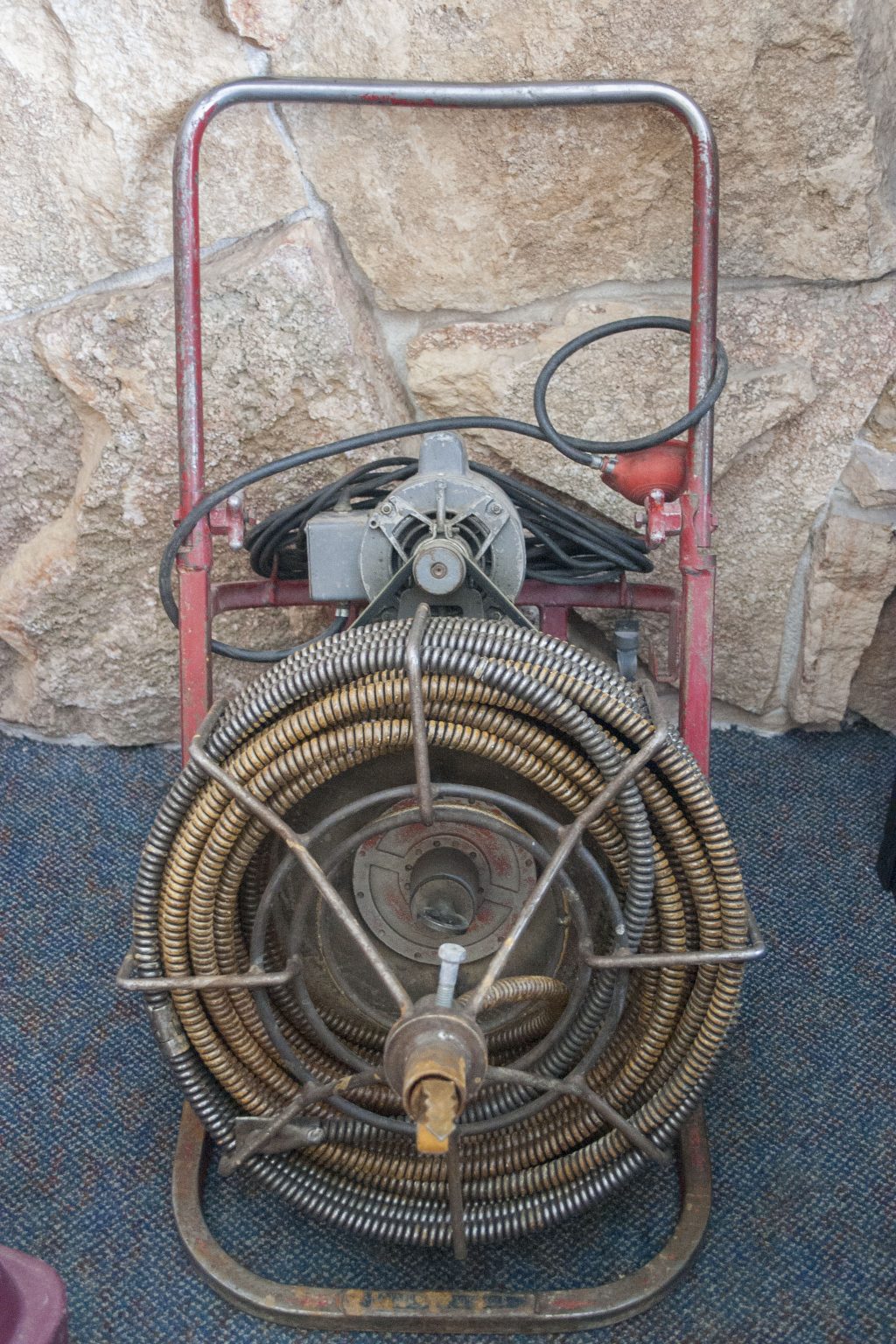


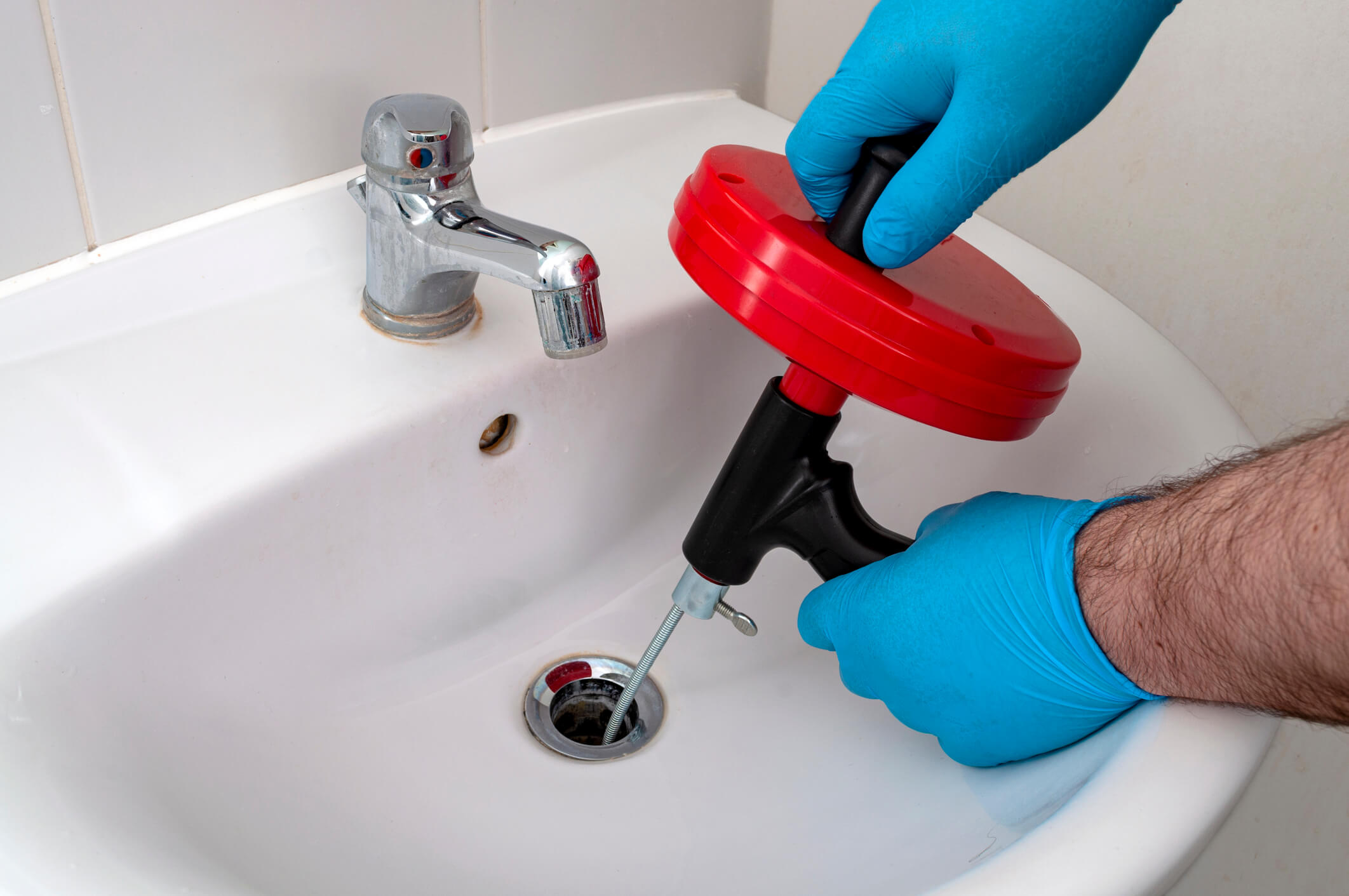

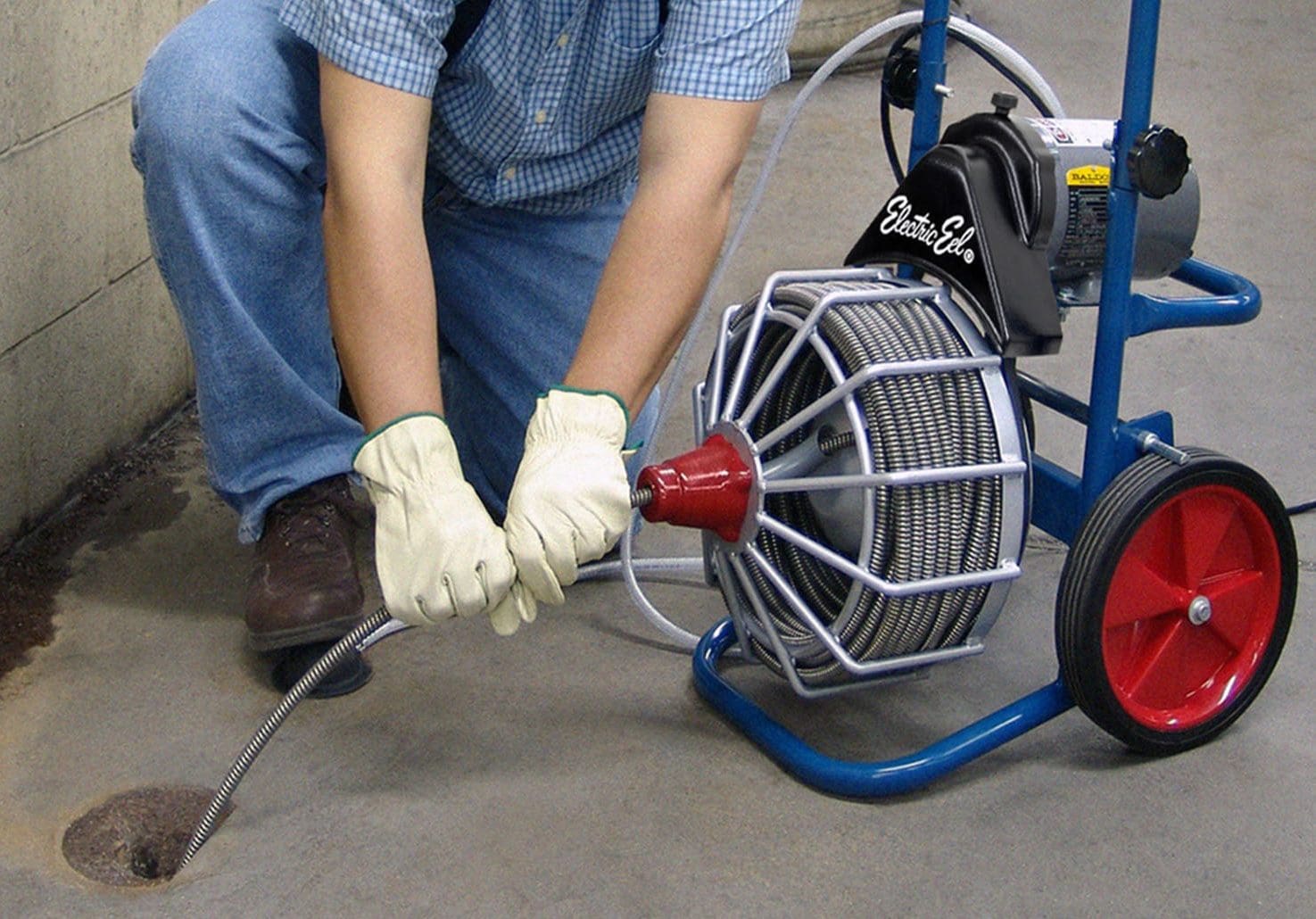

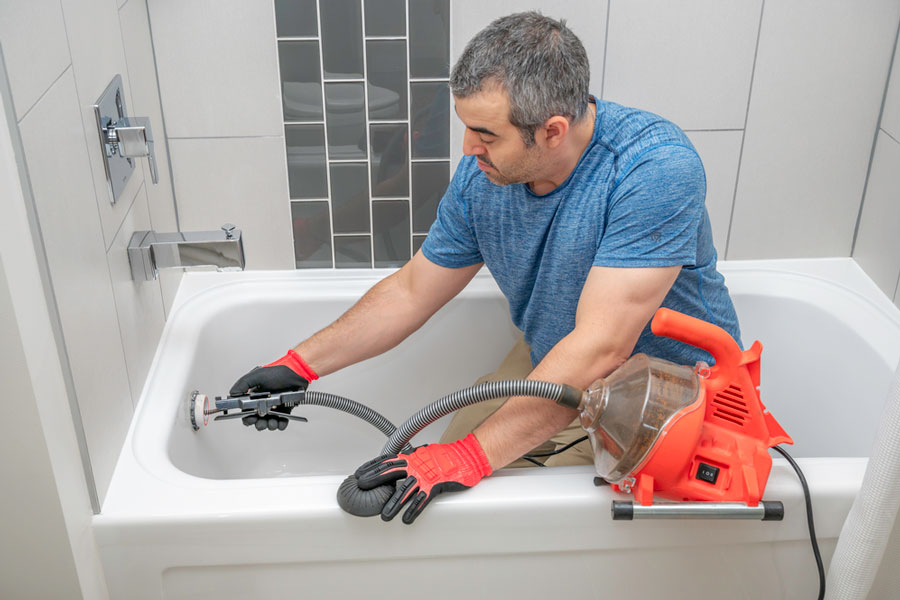

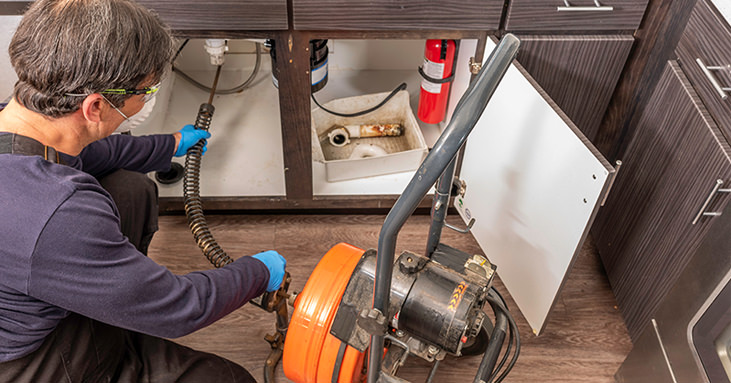
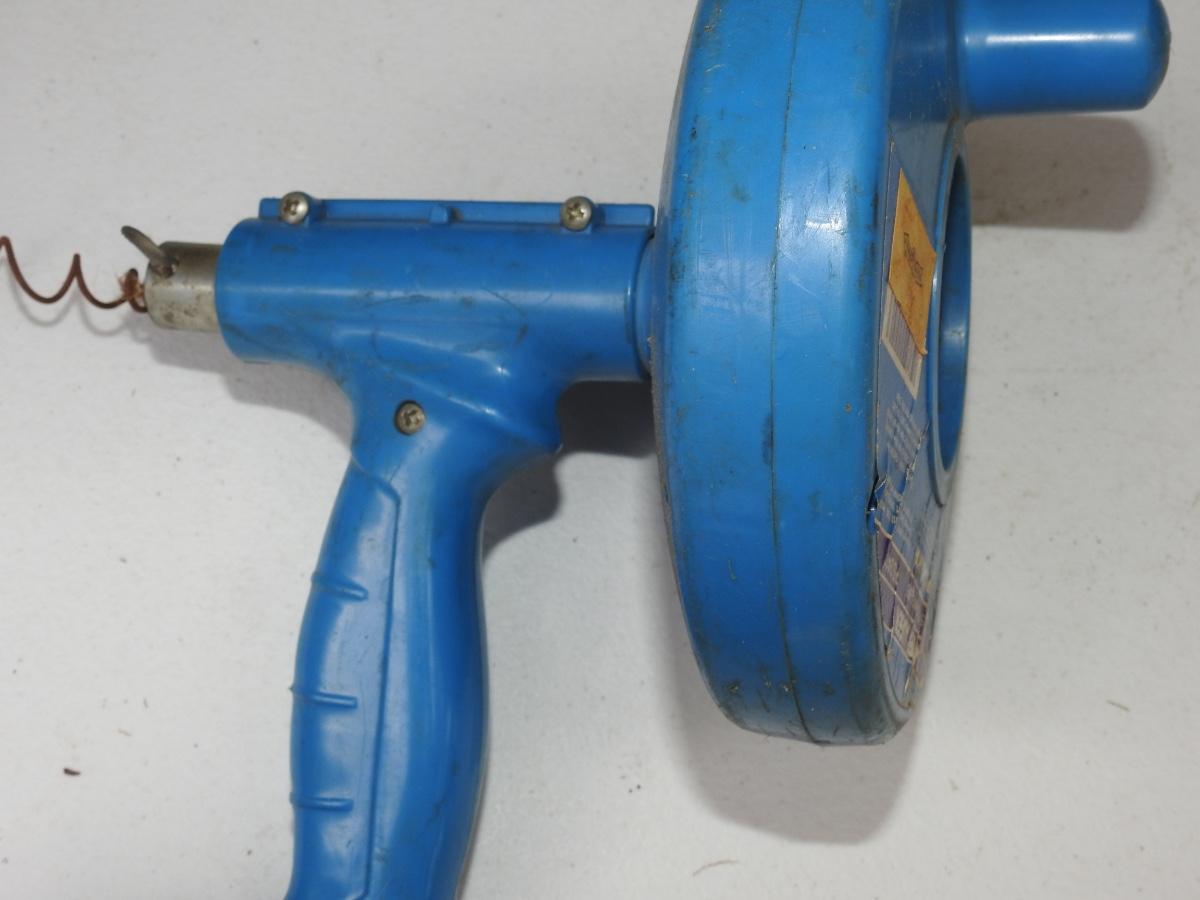
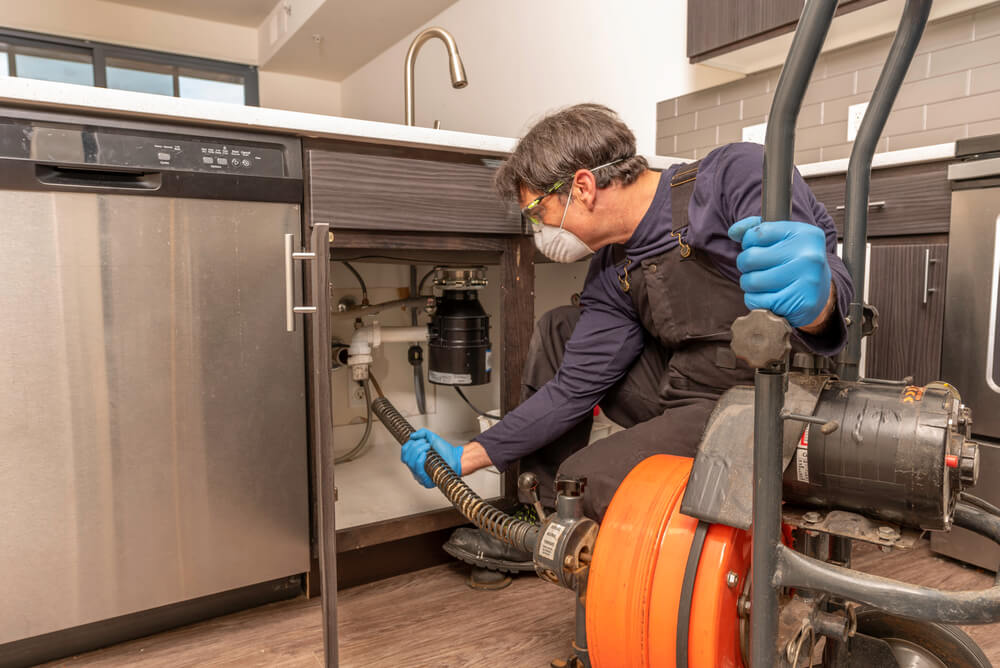



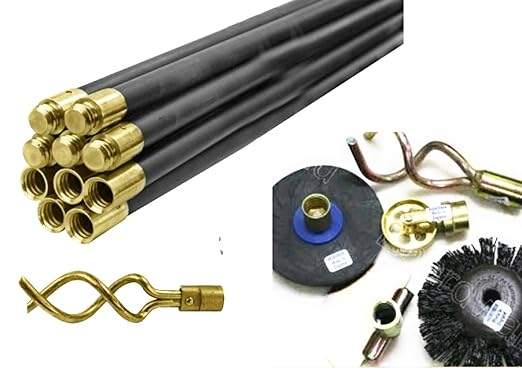

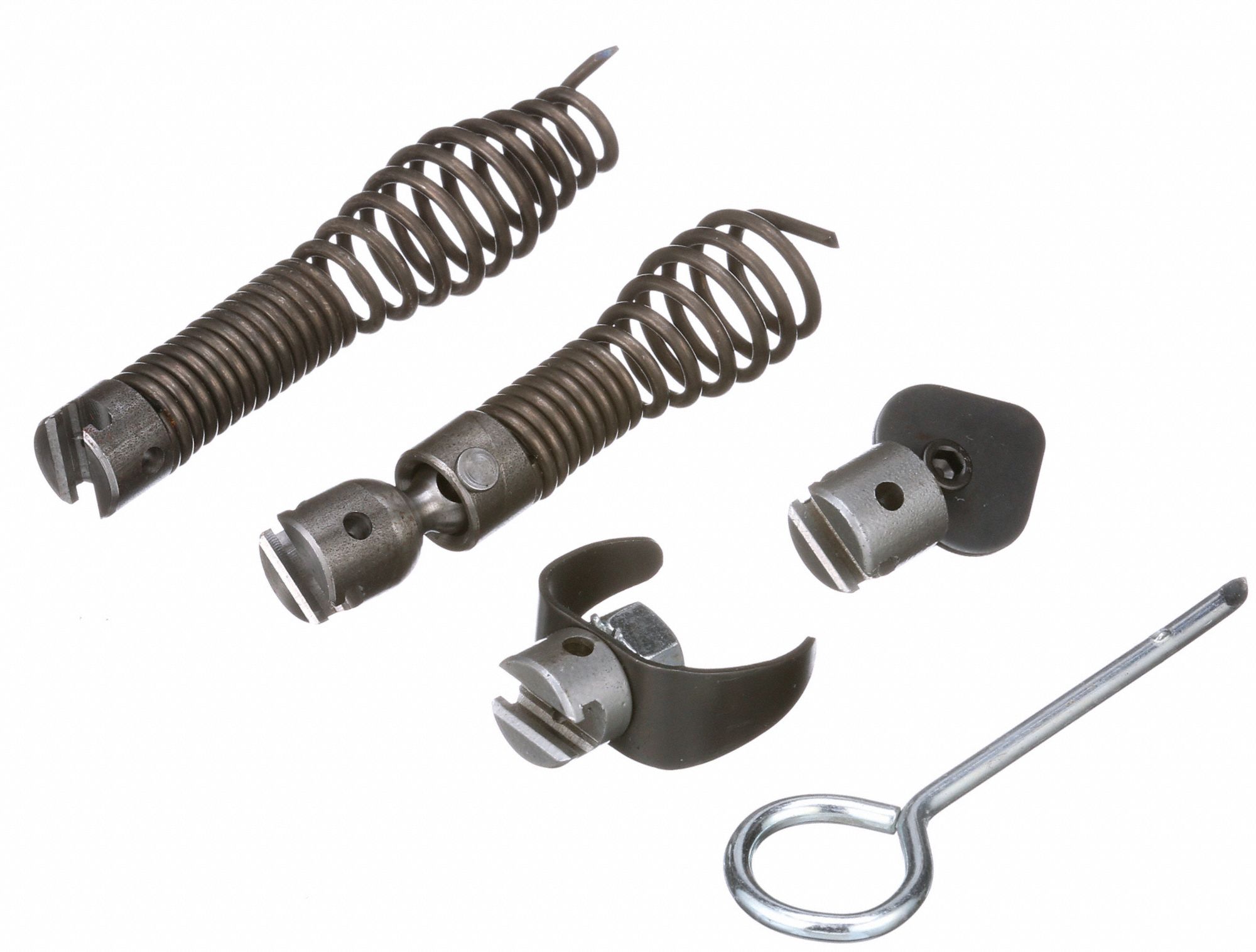
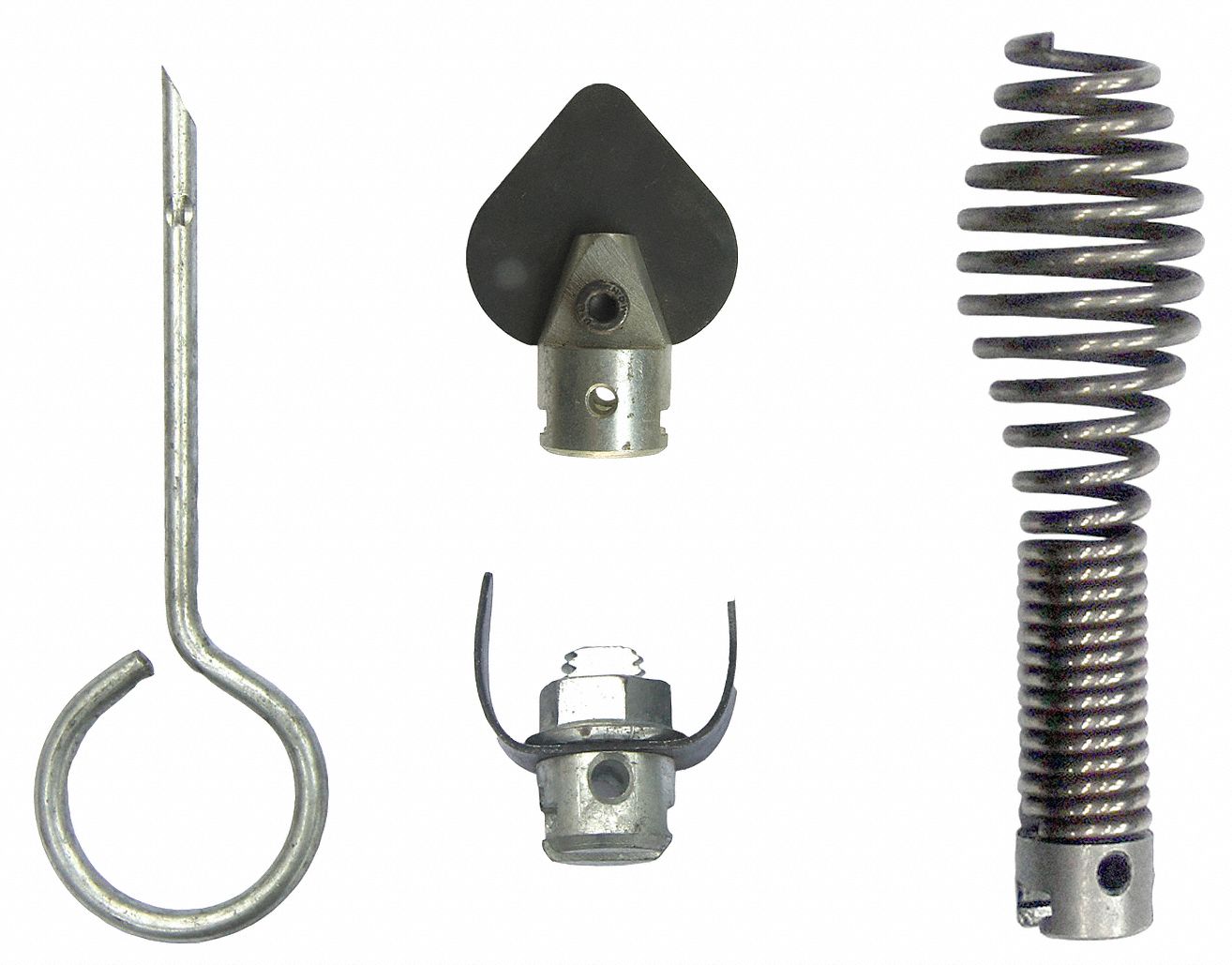

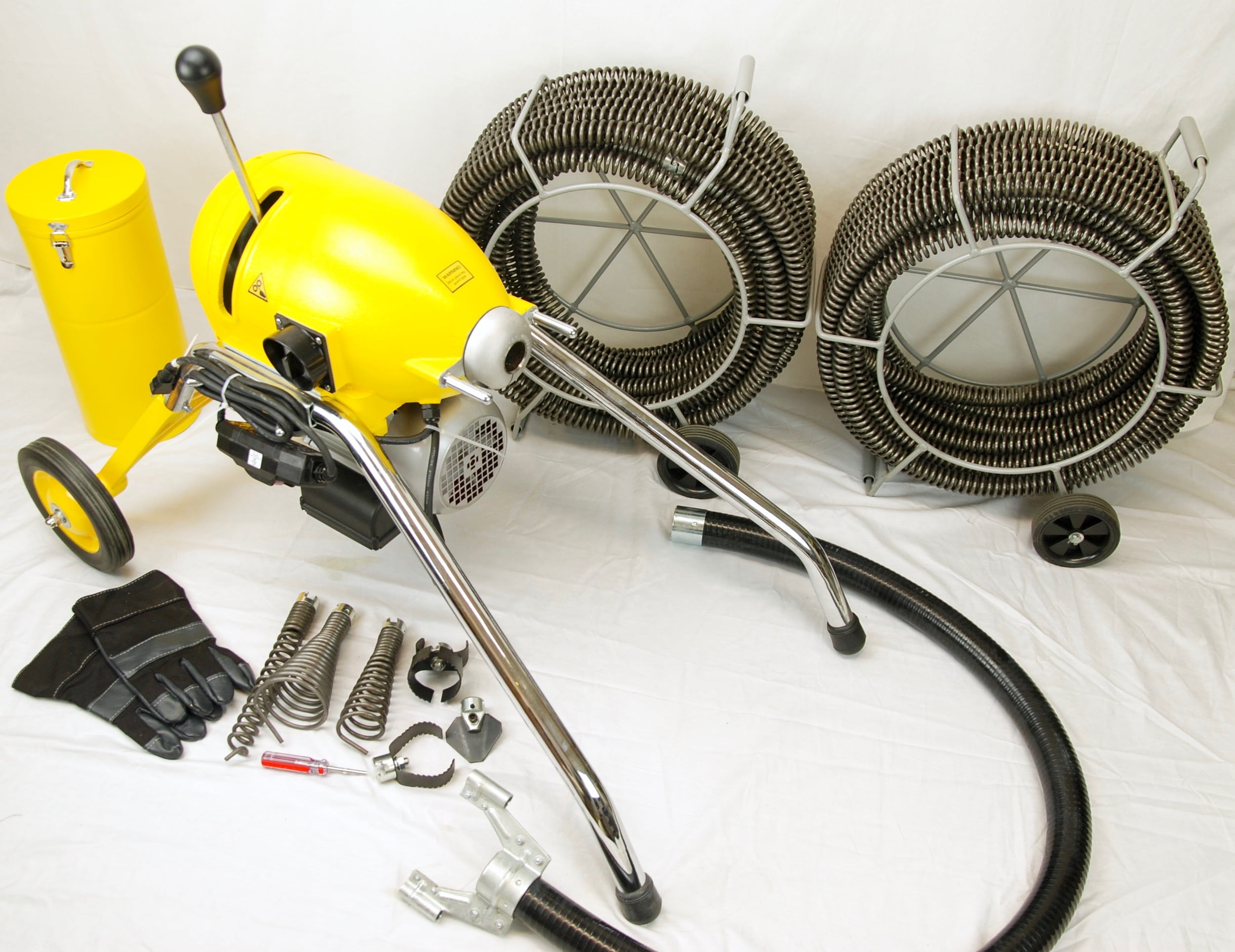
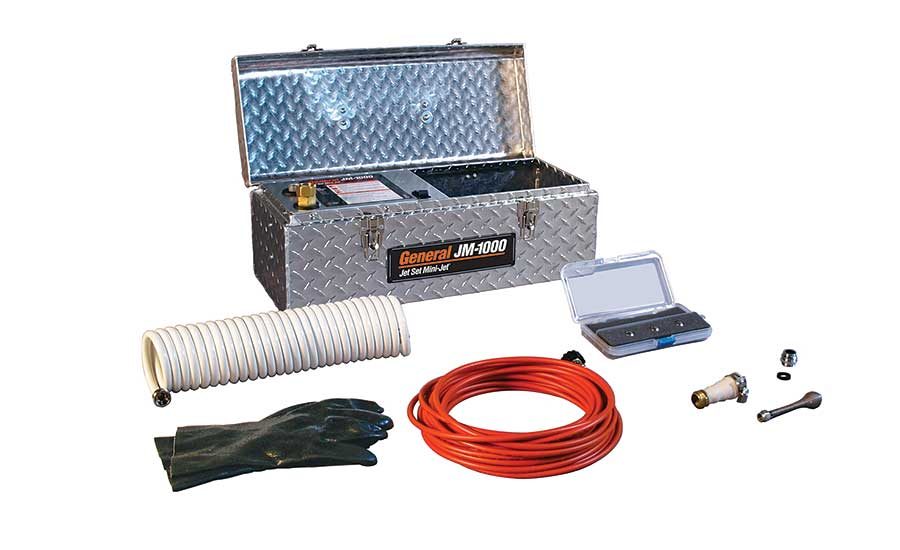





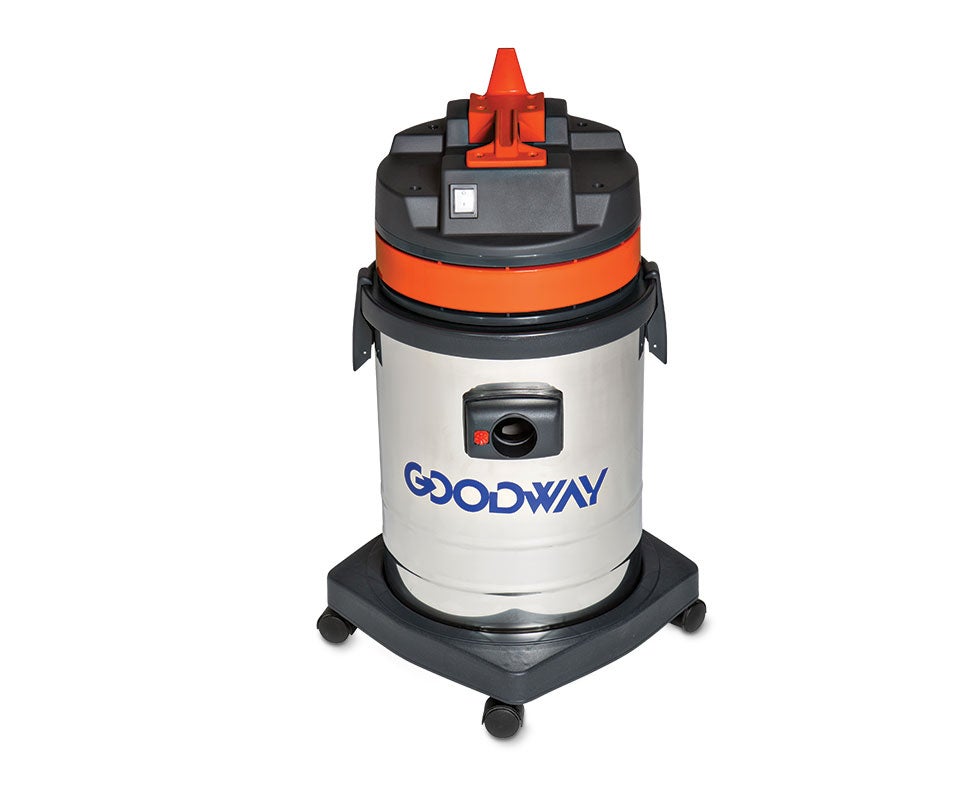




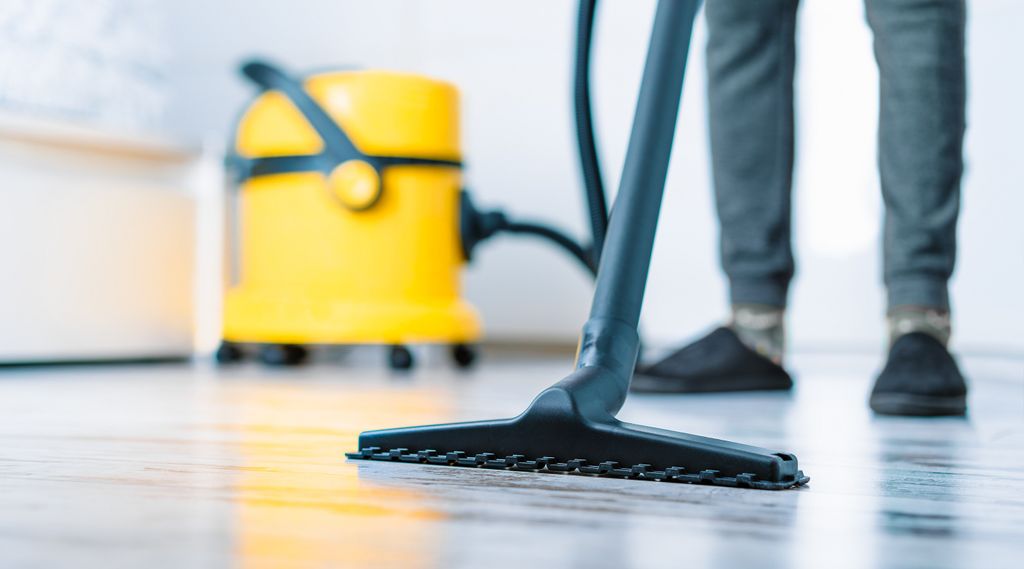


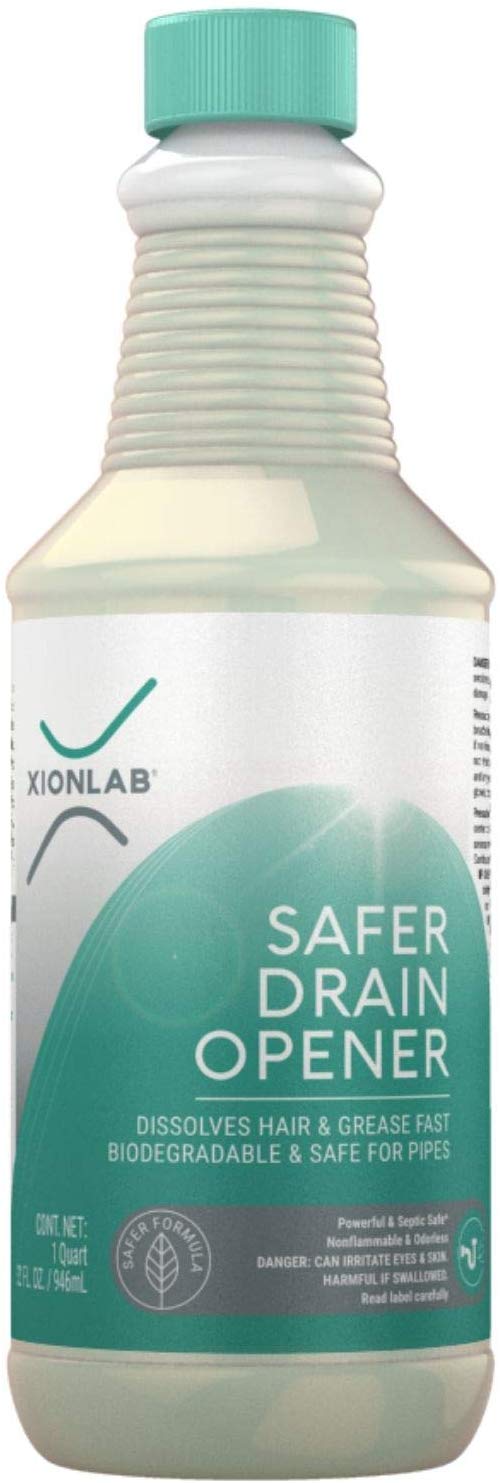
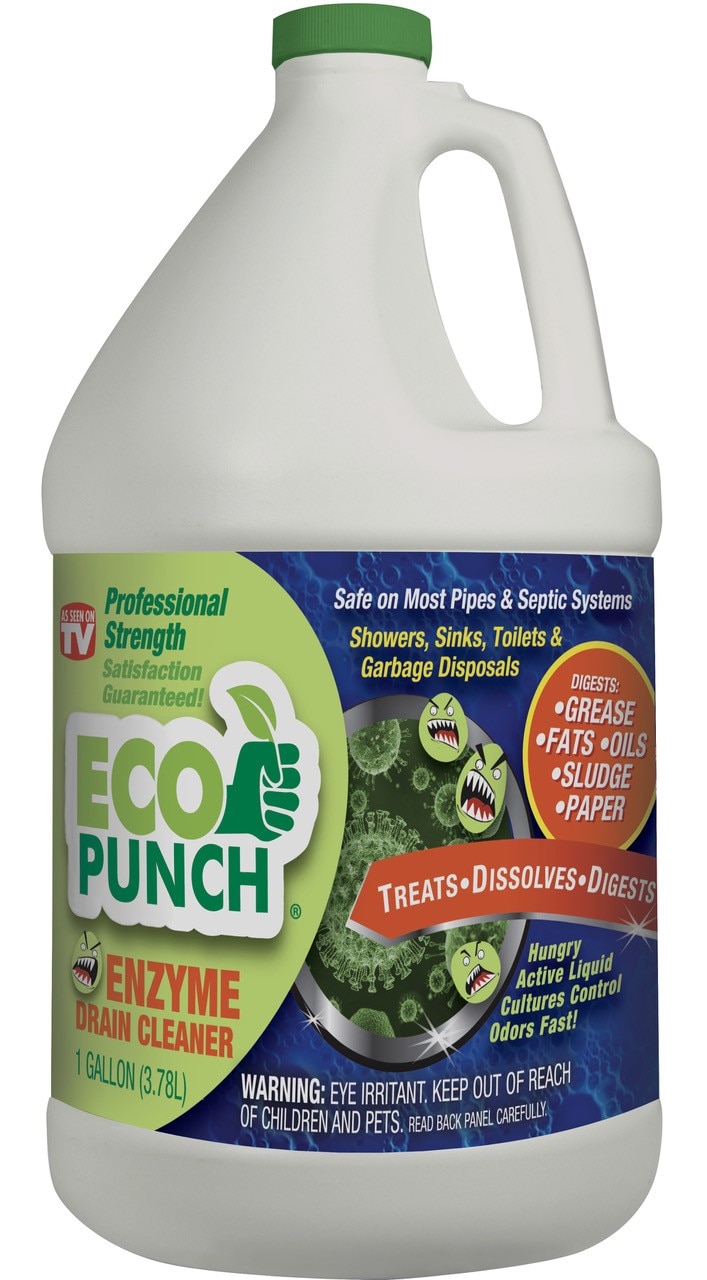
/GreenGobblerRefresh32oz-5bc63b0d4cedfd00266e4611.jpg)




